|
Inland
Manufacturing Division of General Motors in World War Two
Dayton, OH
1918- 1989
Rest in Peace
This page updated 5-4-2023.
Inland Manufacturing
Division was formed on January 6, 1923. General Motors formed the
division to produce an automotive steering wheel consisting of an iron
spoke covered with a glued-on wood veneer. That was a new
technology at the time for producing this product. One of Inland's
many contributions to the World War Two war effort were steering wheels
for military trucks,
along with control yokes for military aircraft. The division's
original automotive steering wheel expanded to many other types of
products. By the time
of its 50th anniversary in 1973, the product line had expanded to 224
products produced by 7,000 employees.
Of special note is that when the new division started producing its new type
of steering
wheels in 1923, it did so in the buildings previously occupied by the
Dayton Wright Airplane Company. Inland also employed many of the same persons
that during World War One built components for 3,500 DeHavilland DH-4
military aircraft assembled in Moraine, OH. The two buildings,
called Plant 3 by the Dayton Wright Airplane Company, had originally been
built by the Wright Brothers in 1910 and 1911.
When the original Inland
complex was razed in the early 21st century, the original Wright
Brothers' buildings were spared and are being preserved for future
generations as the historic
buildings that they are. They will be open to the public
at some date in the future.
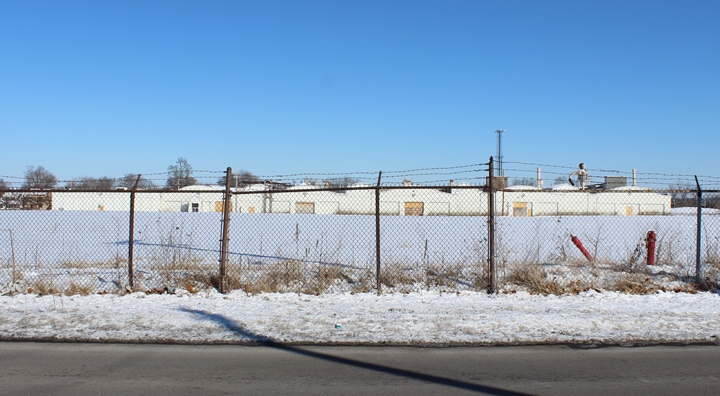
This is the original Wright Brothers factory
at the former Inland Division location that was not razed with the rest
of the buildings. It awaits restoration as a historic museum.
Author's photo taken in February 2015 and added
10-21-2015.
Inland Division of GM
World War Two Products:
The .30 caliber Carbine:
The M1 carbine is most identifiable with the Inland Division.
During World War Two it produced 1,984,189 M1 Carbines, 140,000 M1A1
Carbines, 500,000 M2 Carbines, and 811 M3(T3) Carbines.
The M1 carbine became a weapon of the US Armed Forces on October 22,
1941, and Inland Division was the first of ten manufacturers to receive
an order one month later in November 1941. It was one of
only two companies still producing carbines when the war ended in 1945.
Of the 6,110,730 carbines of all types built during the conflict, Inland
made 2,625,000 or 43% of the total. Combined with the 517,212 that
its sister GM Division Saginaw Steering Gear manufactured, General
Motors produced 51% of all carbines made. Inland was the only
manufacturer of the M1A1 folding stock, paratroop version, and was one
of two companies that made the M2 version with selective fire. It
also was one of two companies that made the M3(T3) carbine with infrared
night sight and was the only supplier that made all four types of
carbines. Inland Division of GM truly was the king of the carbine
manufacturers!
Inland had the first and last series of serial numbers issued
for the .30 caliber carbine.
1 to 5; 11 to 999,999; 2,912,520 to 3,212,519; 4,879,526 to 5,549,921;
6,219,689 to 6,449,867; 6,629,884 to 7,234,883; 7,369,661 to 8,069,660.
Not all serial numbers were used.
Tank Shoes: 4,000,000 rubber and metal tank shoes
were manufactured by Inland. They were then assembled into tank
tracks as of December 31, 1943, according to page 18 of the "The Inland
Way at War Today" below. With almost two more years of war to fight, this would
imply that many more were built before the end of the war.
Tank Tracks: 142,708 were built during the war. These would have been able to
equip all of the 49,234 M4 Sherman tanks built during World War Two. That is a lot of tank tracks.
According to pages 16-19 of "The Inland Way at War Today" below, the tank
tracks were used on light and
medium tanks and tank destroyers. Pictured on page 16 is the M5
Stuart and its sister the M8 three inch Howitzer Gun Carriage. The
M4 Sherman was the main U.S. medium tank of World War Two, while the M10
and M18 Tank destroyers were the two fully tracked types built during
the war.
Gun sights and Shoulder
rests for Oerlikon 20mm anti-aircraft cannons: Inland built
40,000 gun sights and 13,688 shoulder rests for this weapon. These
weapons were used as a close range anti-aircraft weapon on U.S. Navy
ships. Pages 22-23 of "The Inland Way at War Today" below have more information.
M-1 Helmet Liners:
By the end of December 1942, Inland manufactured 2,000,000 M1 helmet liners,
but then stopped production due to a labor shortage in the Dayton area.
See pages 24-26 in "The Inland Way at War Today" for more. Also on
page 52 below is a copy of the letter dated March 1943 from the War Department to Inland
explaining the reason for pulling the business.
Clutches: 846,000
of all types. Pages 20 and 21 of "The Inland Way at War
Today" specifically talk about clutches and other parts for diesel
tanks but gives no quantities. The Detroit Diesel Division of
General Motors provided all of the diesel engines used in American-built
armor during World War Two. The engines went into 3,981 Canadian-built Valentine tanks, 913 M3 tanks,
8,053 M4A2 tanks, and 6,706 M10 tank destroyers, totaling 19,653 armored
vehicles.
Pages 32-34 below discuss
the Inland Clutch that was used in military trucks. Page 32 shows a
drawing of a well-marked GMC 2-1/2 ton 6x6 truck. (Note that the
artist missed putting the double set of wheels and tires on the rear
axles. All GMC's built during the war had four wheels and tires on
the rear axles.) During World War Two Chevrolet and GMC built 854,000
gasoline powered trucks for the war effort. Inland clutches were used extensively in these vehicles.
Truck Steering Wheels and
Brake Linings: Unknown numbers of these were built for
Chevrolet and GMC trucks. See pages 35-36. During this time,
Inland Division marketed its brake linings under the trade name Inlite.
Steering wheels, like the clutches, were used on GMC and Chevrolet
military trucks.
Rubber Parts:
68.8 million various rubber parts were produced for military vehicles, aircraft, and
ships. One of the major rubber products was aircraft sparkplug
boots that prevented the ignition system from grounding out at the low
temperatures at high
altitudes. See page 30 below for the whole
story.
Fire Extinguisher Horns:
See page 27 for the entire story of this important product for U.S.
Navy ships during World War Two.
On December 31, 1943, Inland
had 6,339 employees producing 581 different products for the war effort
in 756,193 square feet of factory space.
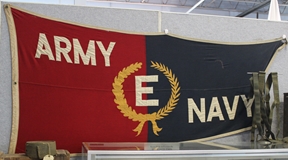
Inland received its first Army-Navy "E"
award on February 2, 1943. It received its second on August 20,
1943. It won three more awards on unknown dates for a total of five.

This Inland-built M-1 Carbine is on display at the Patton Museum at Fort
Knox, KY. Inland built 2.6 million of these during the Second
World War. Author's photo.
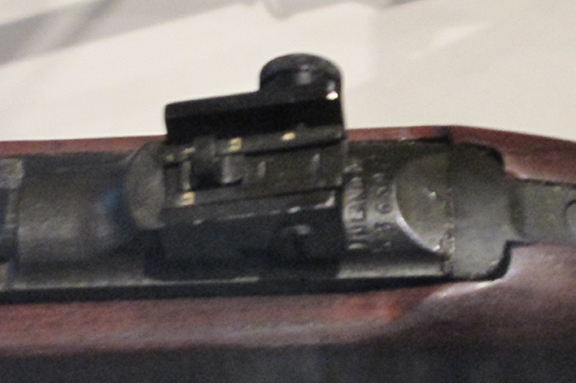
It is hard to see, as the photo was taken through Plexiglas, but the name
Inland is stamped onto the receiver just ahead of the sight.
Author's photo.
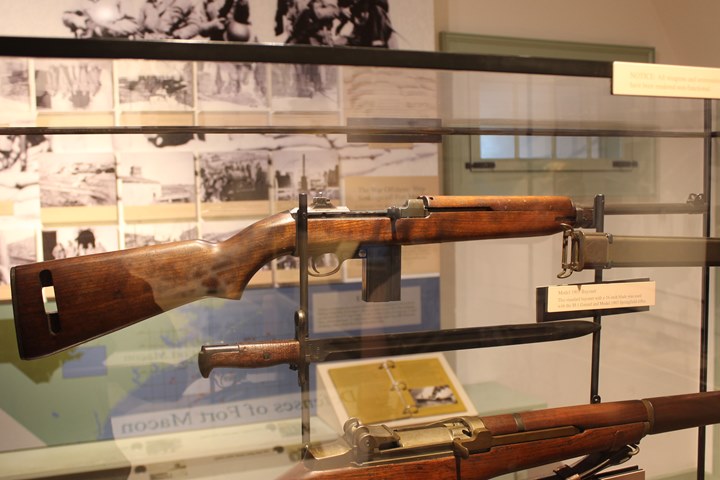
This Inland-built M1 Carbine is on display
at Fort Macon State Park in North Carolina. Author's Photo added
1-14-2017.
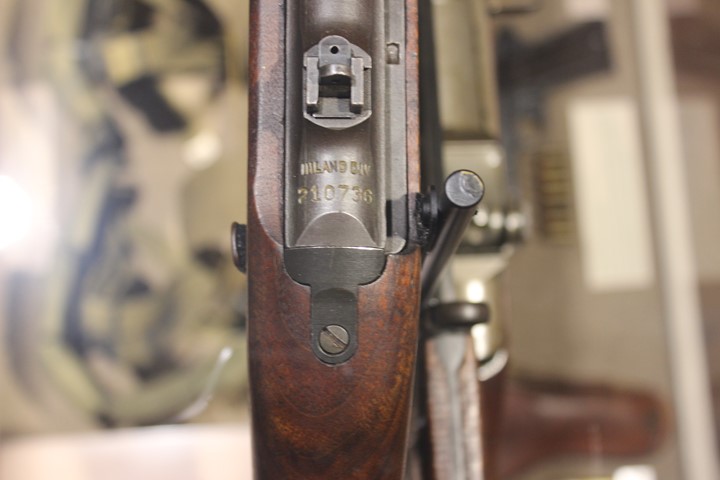
The Inland stamp is easier to read than on
the previous carbine and is serial number 210736. Author's Photo
added 1-14-2017.
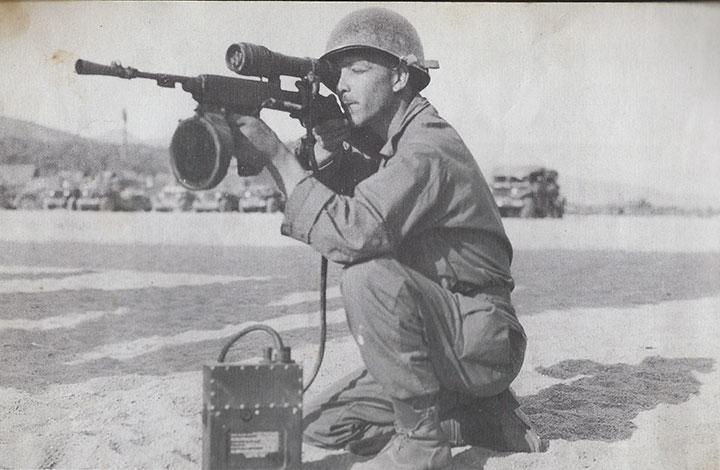
Inland Division of GM built 811 out of the
1,919 T3 infrared carbines during WWII.
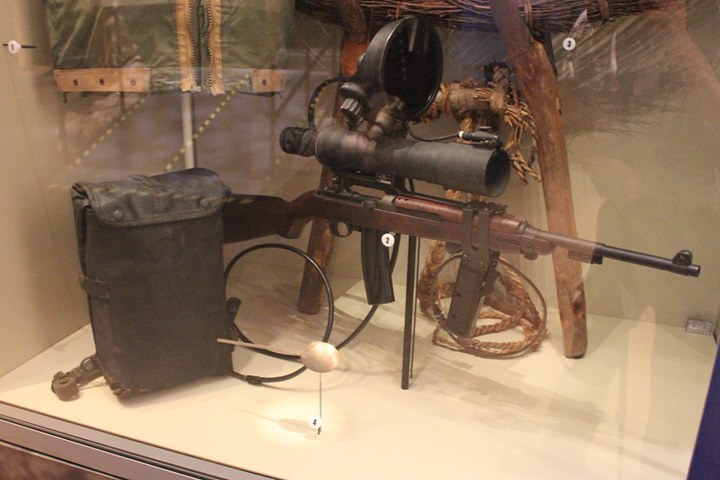
This example of an
M3 infrared Sniperscope is on display at
the Museum of the USMC in Triangle, VA. Author's photo added
1-24-2017.
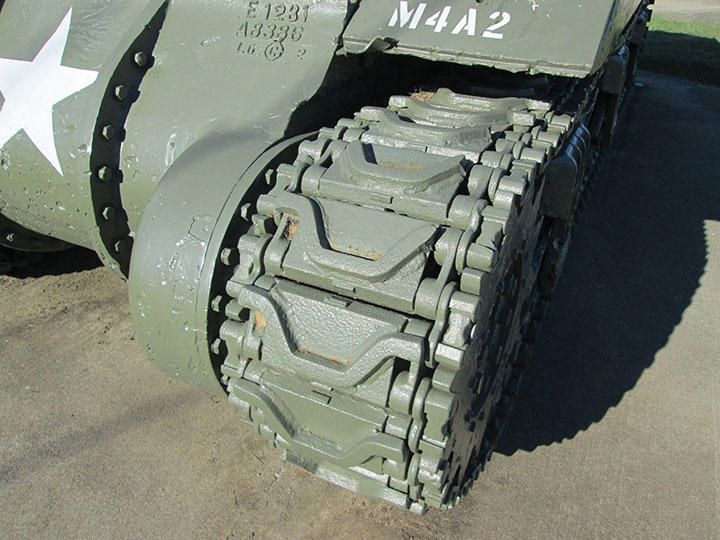
Inland made 4 million tank shoes for the war effort and then assembled
them into 142,708 tank tracks. The pins that held the tracks
together were manufactured by another GM Division in Dayton, the Delco
Products Division. These are
steel shoes and tracks on an M4 tank. Author's photo.
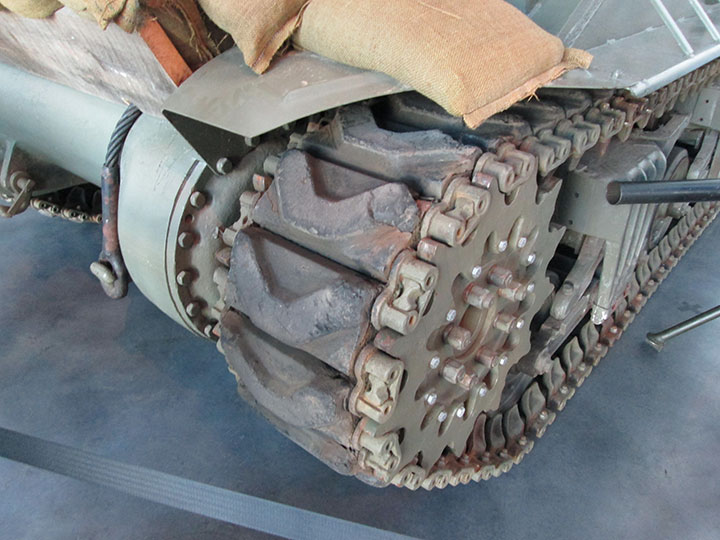
Inland also made rubber tank shoes as seen here. Author's photo.
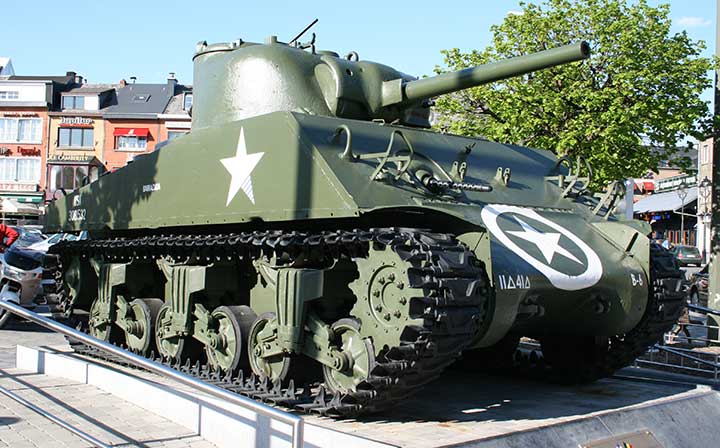
This Fisher Body-built M4A3 tank was photographed
in May 2008 by the
author in the square in Bastogne, Belgium. It was hit by enemy fire on
January 2, 1945. It went into combat with tracks made in Dayton,
OH built by the Inland Manufacturing Division of General Motors.
Author's photo added 1-7-2015.
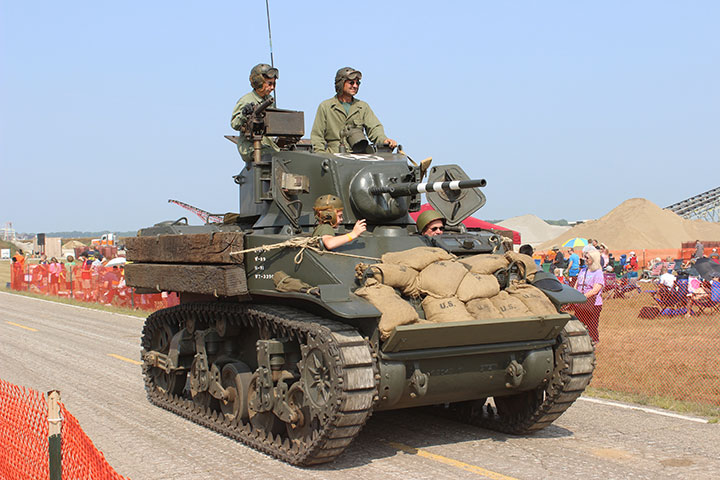
Inland also assembled tracks for the M5
Stuart series of tanks during WWII. Author's photo added 1-7-2015.
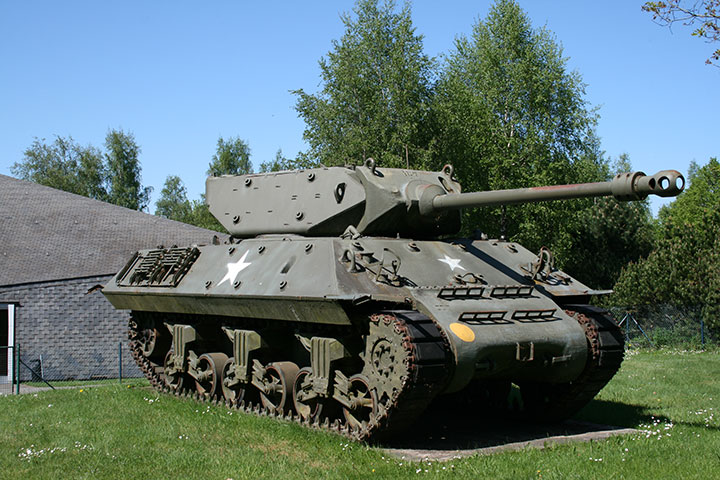
This M10 Tank Destroyer photographed at the
Bastogne Historical Center in Belgium in May 2008 had a Detroit Diesel
engine for which Inland supplied the clutch. The tracks
were also supplied by the Inland Division. Author's photo added
1-7-2015.
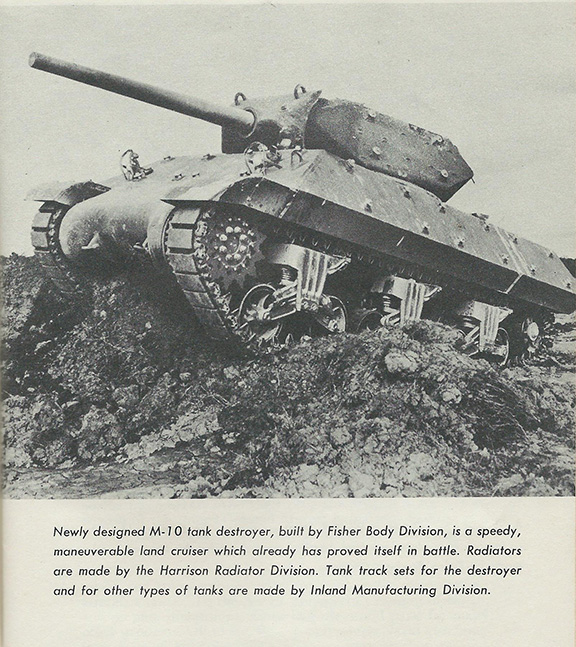
This page from the 1942 GM Annual Report
shows Inland Division providing tank tracks for the M10 tank destroyer.
Photo added 2-13-2014.
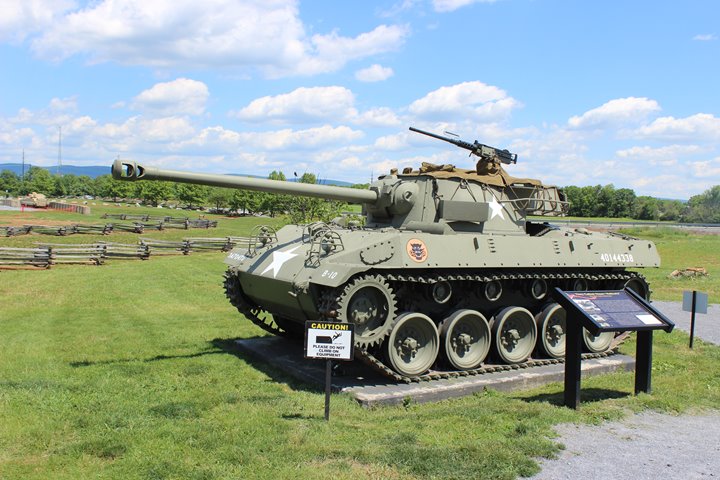
Buick built the M18 tank destroyer with
Inland tracks. Author's photo added 12-25-2020.
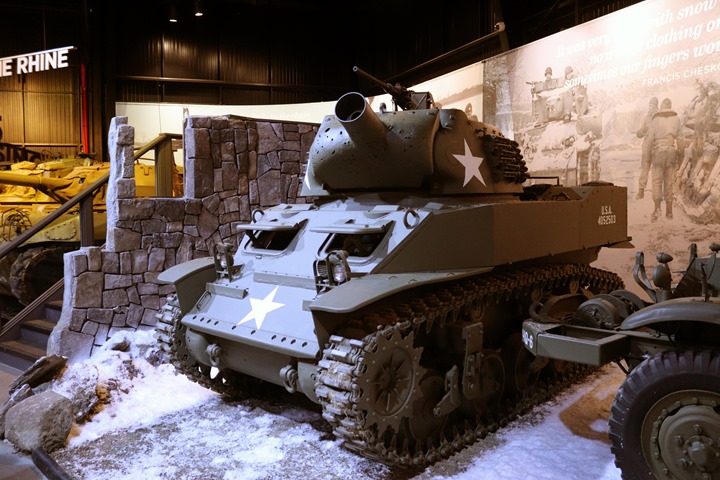
Cadillac manufactured this M8 self-propelled
75mm howitzer with Inland tracks. Author's photo added 12-25-2020.
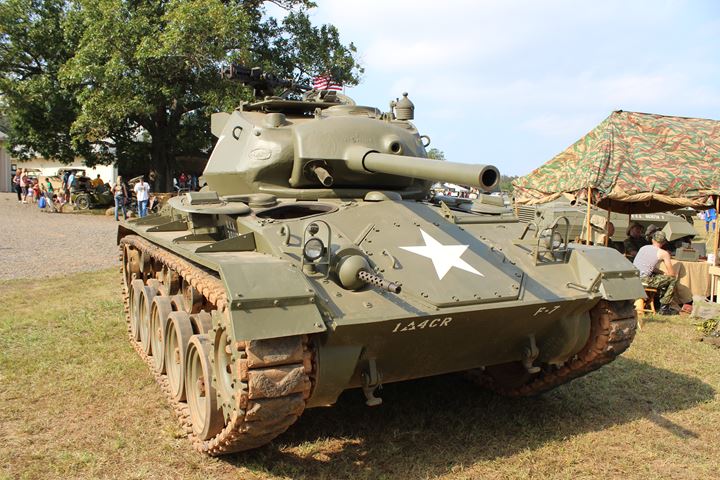
Late in World War Two, Cadillac built the M24
light tank with Inland tracks. Author's photo added 12-25-2020.
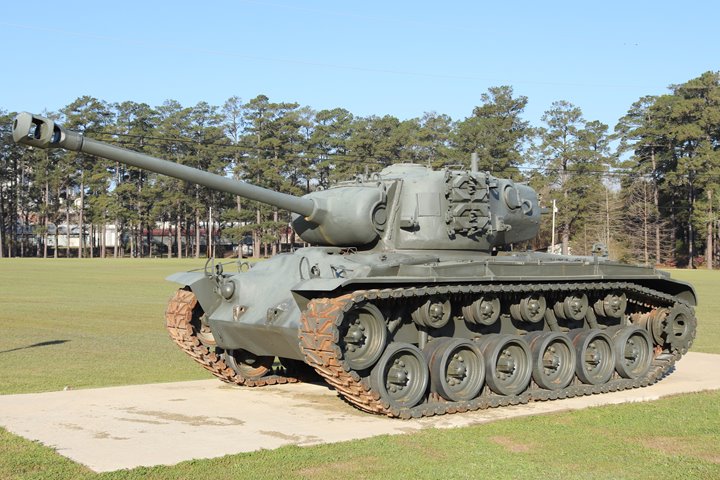
The Fisher Body Grand Blanc, MI tank plant
built this M26 heavy tank with Inland tracks. Author's photo added
12-25-2020.
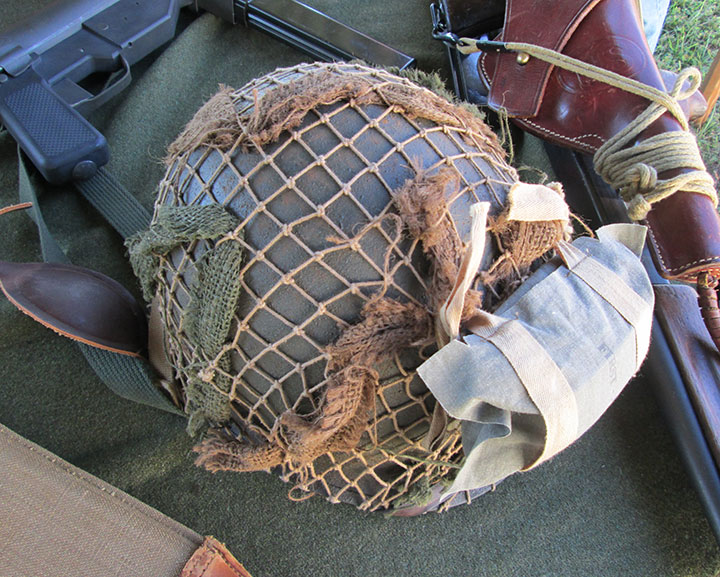
This is an authentic World War Two era M-1 helmet. After making over two
million helmet liners
for this type of helmet, the work
was transferred to another location in 1943, due to a shortage of skilled labor
in Dayton. Author's photo.
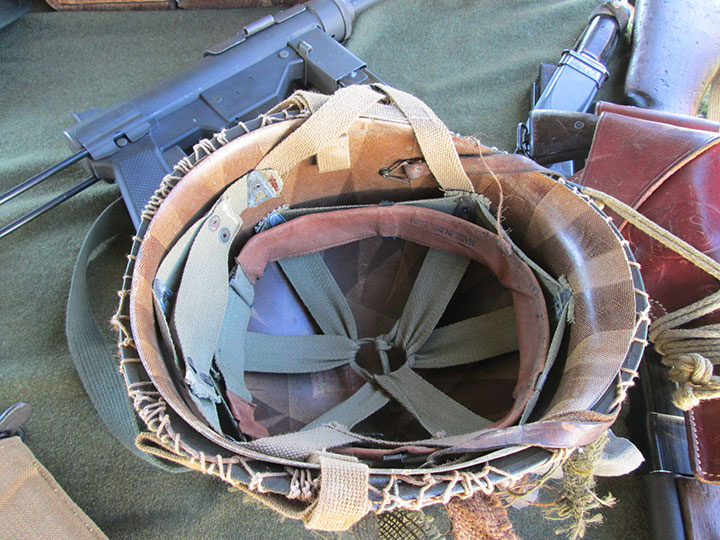
Inside the steel pot was a thermoset and fiber helmet liner as seen
here. Inland made two million helmet liners during World War Two.
Author's photo.
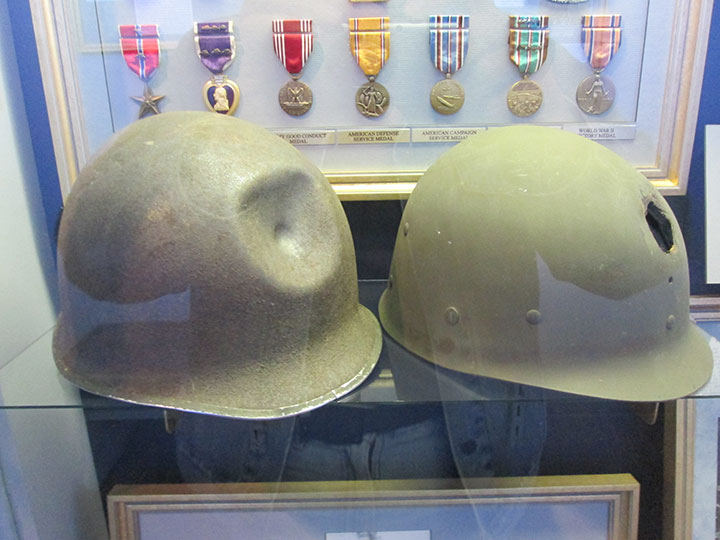
On March 5, 1944, Malvin Pike was wearing
this M-1 helmet in Europe when it took the bullet strike shown here.
The helmet liner cracked and imbedded in Mr. Pike's scalp, but the steel
pot and liner kept him alive. The medic that worked on him sent
the helmet and liner home for Mr. Pike, as he had thrown both in the
trash. Note the rivet heads on the liner to hold the internal
webbing in place. The liners were painted with a friction paint to
help keep the steel pot from coming off of it. As seen at the USS
Kidd Museum in Baton Rouge, LA. Author's photo.
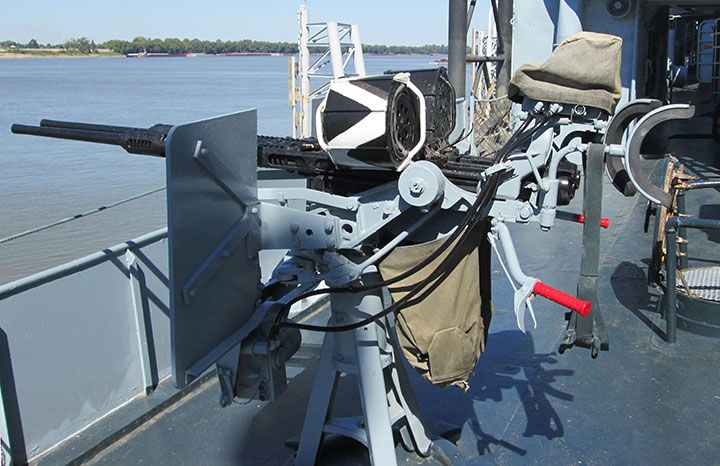
This is a 20mm cannon, as seen on the USS
Kidd in Baton Rouge, LA. During World War Two, Inland made the
rubber shoulder pads for the gunner of these weapons. Author's
photo.
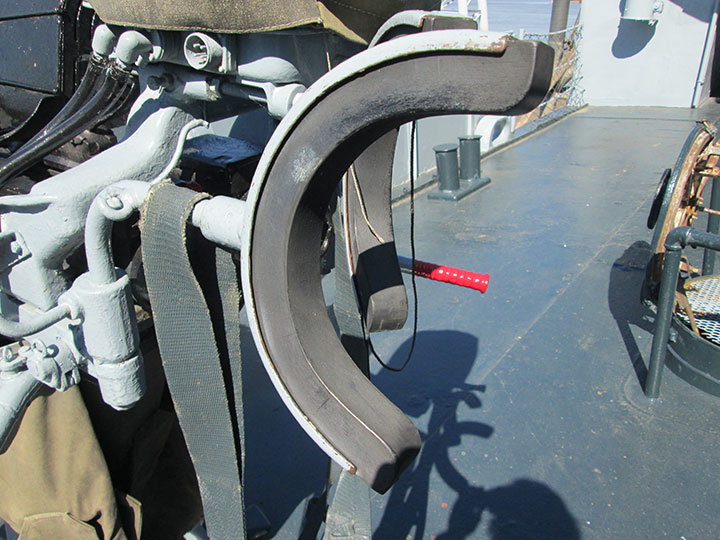
Author's photo.
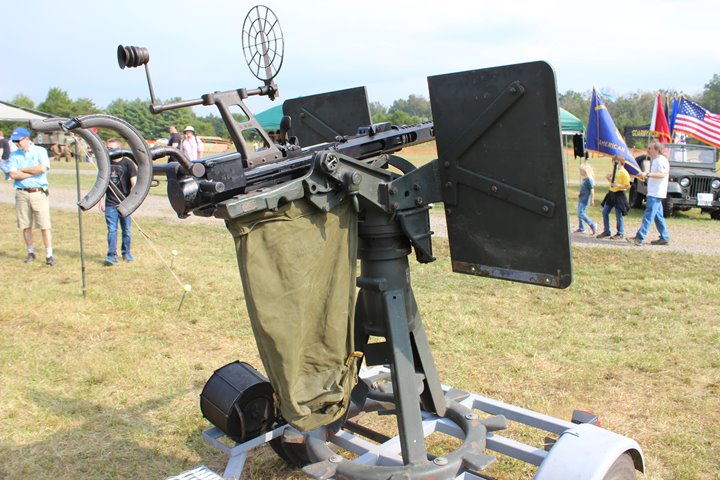
Pontiac built 20mm Oerlikon cannons for the
U.S. Navy. This one on display shows both the Inland-built rubber
shoulder pads and the large circular gun sight. Author's photo
added 12-25-2020.
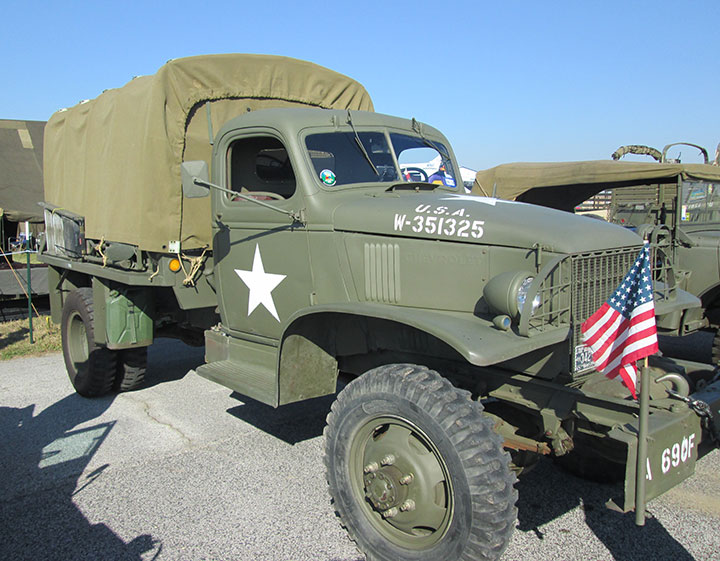
Inland supplied parts for Chevrolet 1-1/2 ton 4x4 trucks like this one
seen at the 2013 Houston Airshow. Author's photo added
1-7-2015.
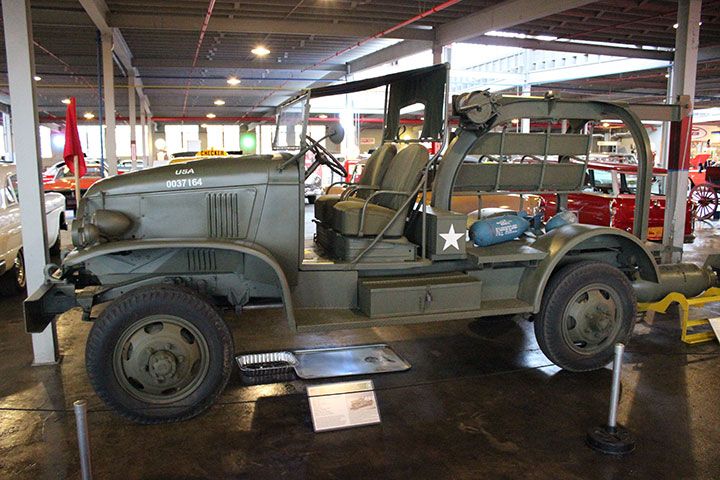
This is a Chevrolet World War Two era Bomb
Truck on display at the National Automotive and Truck Museum in Auburn, IN.
Author's photo added 1-7-2015.
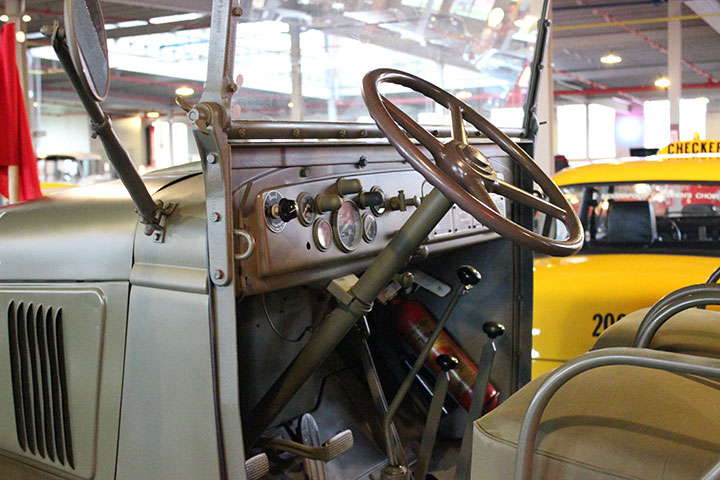
Chevrolet used four spoke steering wheels
supplied by Inland. Author's photo added 1-7-2015.
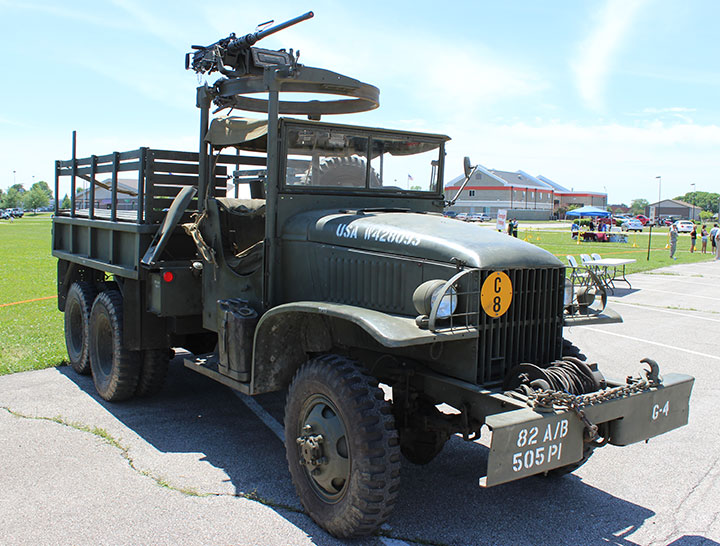
Inland also supplied parts for GMC 2-1/2 ton
6x6 trucks like this one seen at the 2014 Columbus Aviation Day Open
House. Author's photo added 1-7-2015.
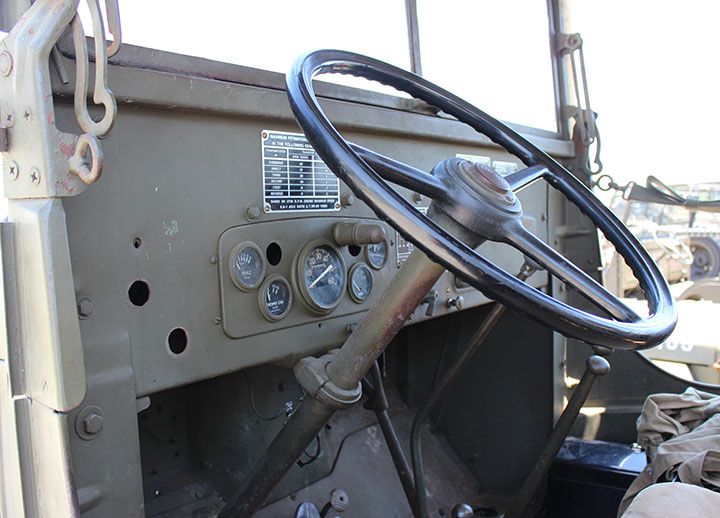
Specifically, Inland supplied three spoke steering wheels like this one
for the GM CCKW series of trucks. Author's photo.
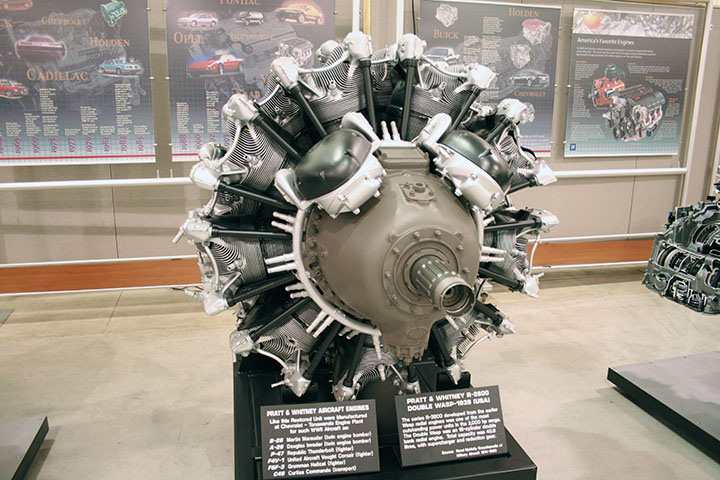
Pictured here is a Pratt & Whitney R-2800
radial aircraft engine, which was used on such aircraft as the F4U Corsair,
the P-47 Thunderbolt, and the F6F Hellcat, to name a few. Inland
sparkplug boots were instrumental in letting these fighters operate at
high altitudes. Author's photo added 1-7-2015.
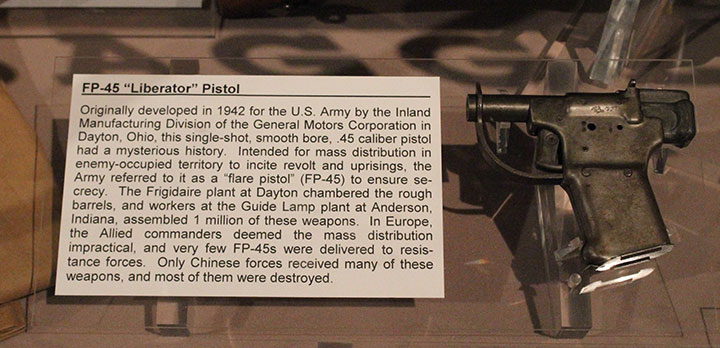
Inland designed the FP-45 .45 caliber
"Liberator Pistol" but the Guide Lamp Division built the weapon.
It is on display at the Museum of the United States Air Force in Dayton, OH.
Author's photo.
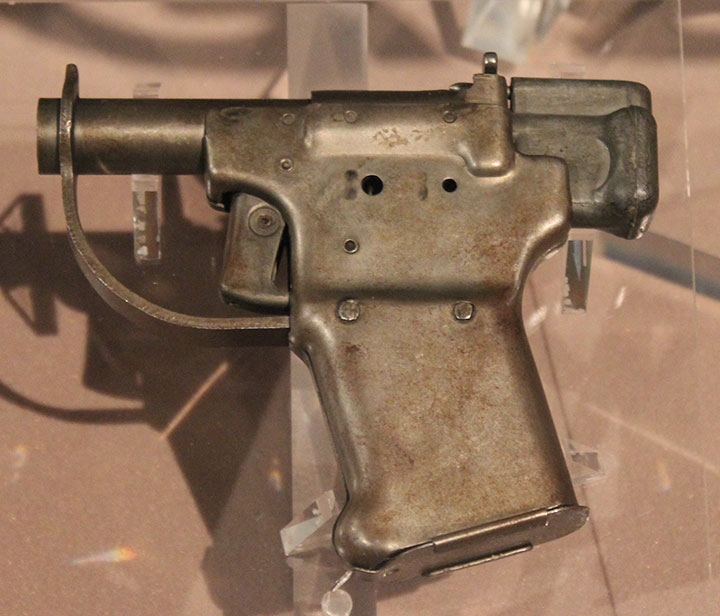
Author's photo.
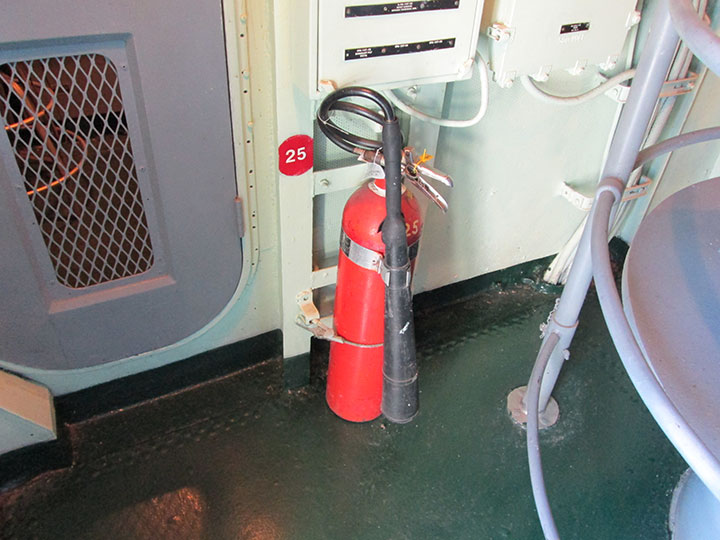
This fire extinguisher was photographed by
the author on the USS Kidd in Baton Rouge, LA. While this is not a
World War Two era fire extinguisher, due to fire regulations, it shows the type
of "horn"
that Inland made for the Navy. This project was considered to be
more important than the helmet liner work which was transferred to
another location. Inland got the critical jobs when engineering
development was needed.
Plant Photos:
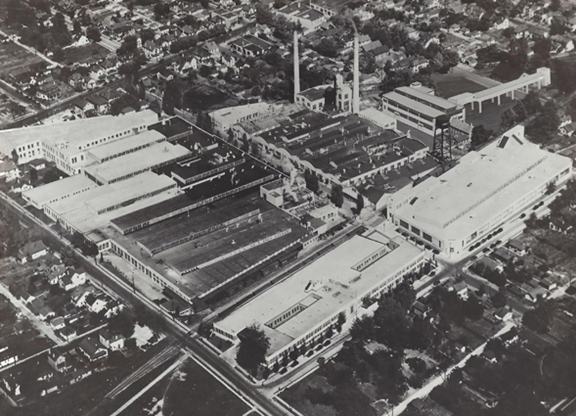
This is a 1945 aerial photo of the Inland
factory complex on Home Avenue. The long, elevated structure
located in the upper far right of the photo is the indoor test range for
the M1 carbine built at the plant during World War Two. Photo
courtesy of Mr. Ron Dalhamer added 5-1-2023.
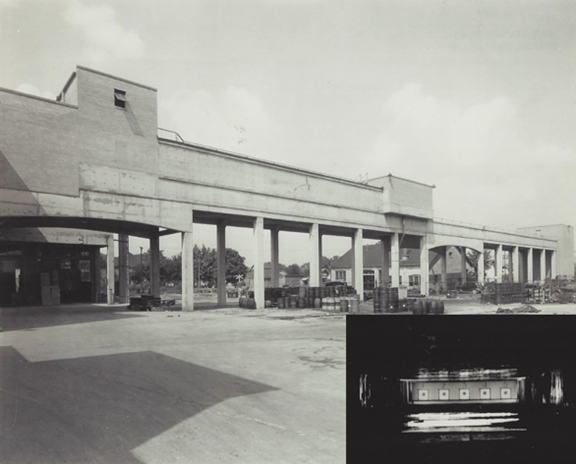
Inland had to build an indoor test
range to test fire each of the 1,984,189 M1 Carbines, 140,000 M1A1
Carbines, 500,000 M2 Carbines, and 811 M3(T3) Carbines built at the
facility. The insert is the view of the five down range targets.
Photo courtesy of Mr. Ron Dalhamer added 5-1-2023.
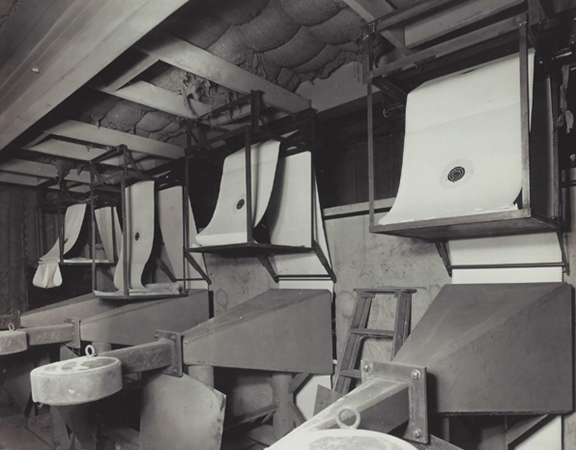
This image shows the backside of four of the
five targets. The target paper was automatically forwarded for
each new carbine that was tested. This kept workers from having to go
down range and change targets with each new weapon tested. There
was also a method of collecting the spent projectiles. This was a
very sophisticated and automated system. Photo courtesy of
Mr. Ron Dalhamer added 5-1-2023.
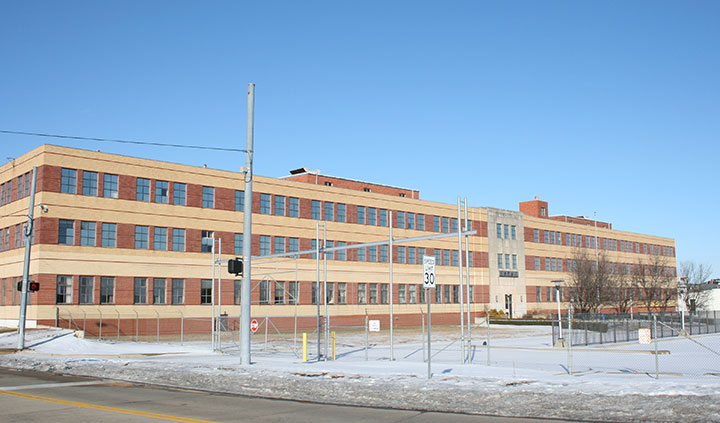
The next three photos show the now razed Home Avenue Inland plant in
Dayton.
Author's photo.
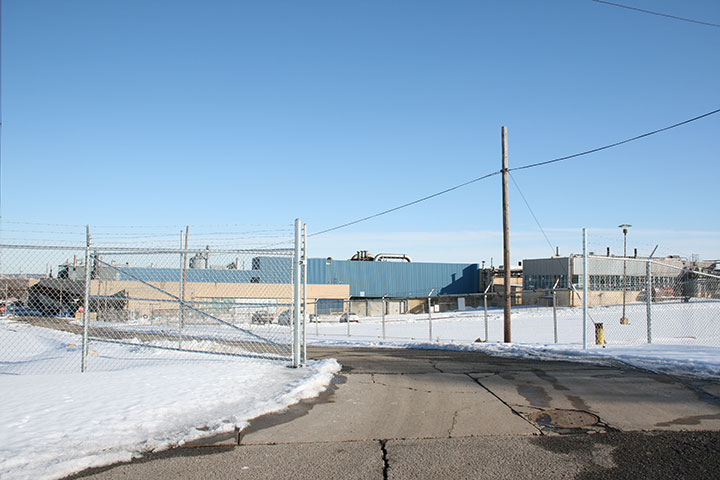
Author's photo.
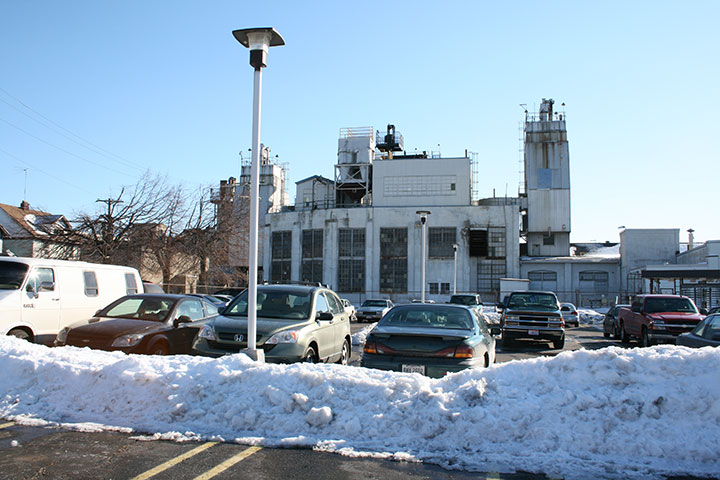
Author's photo.

This Google street view shows the new Dayton
branch library on the left at the location of the former Inland office
building. In the right side of the photo is the former Wright
Brothers factory that is awaiting funding for restoration as a National
Park Historical Site. Image added 5-1-2023.
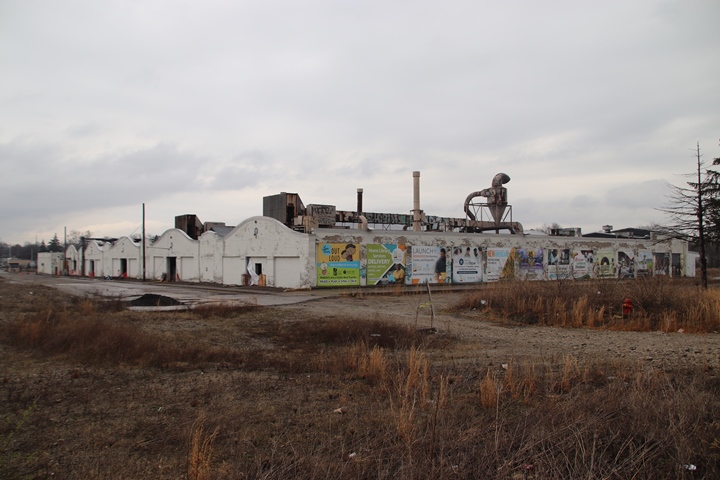
It was a dreary day in late March 2023 when
I re-visited and photographed the former Wright Brothers Plant located
at the former Inland factory site. This was not long after there
was a fire in this building. This photo was taken from the north
side of the new branch library looking north. If I had wanted to,
I could have walked right up to and into these buildings. I found
it unsettling that such historic buildings were not secured by fencing.
Someone has dropped the ball here. Previously, this was fenced in
and somewhat secured. When the new library was built, all of the
fencing on the north side of the complex was removed. New fencing
needs to be re-installed to better protect this historic Wright Brothers
Plant. Author's photo added 5-4-2023.
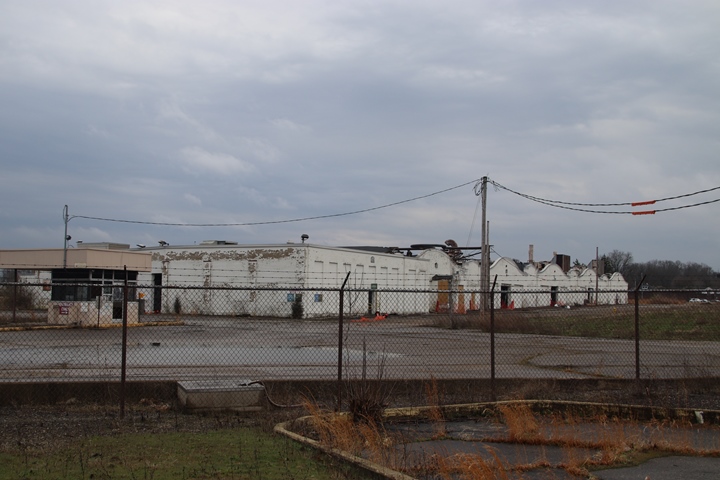
This photo was taken from the south side of
the complex looking north. On this side, the old fence remains in
place. Also, the former Inland gate house is still standing.
Author's photo added 5-4-2023.
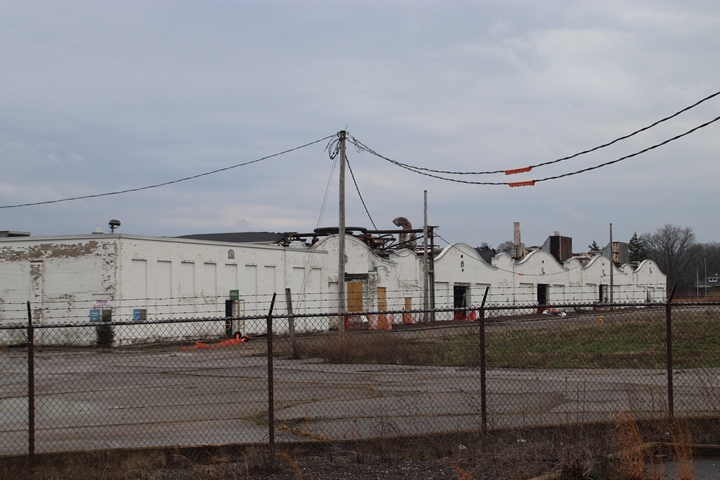
This closer view shows that there are
several open doors to the building. Author's photo added 5-4-2023.
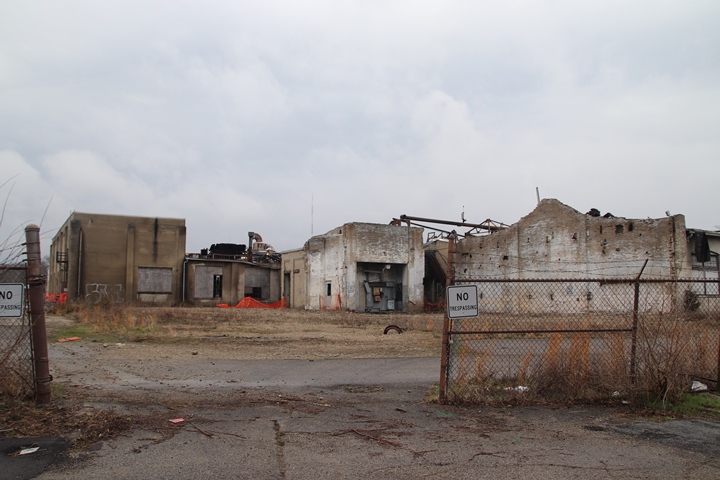
Having a fence with an open gate is not very
effective security. I don't think anyone who really wants to get
inside and create mischief is going to pay any attention to the "No
Trespassing" sign. I did, but I don't think vagrants and vandals
have or will in the future. Author's photo added 5-4-2023.
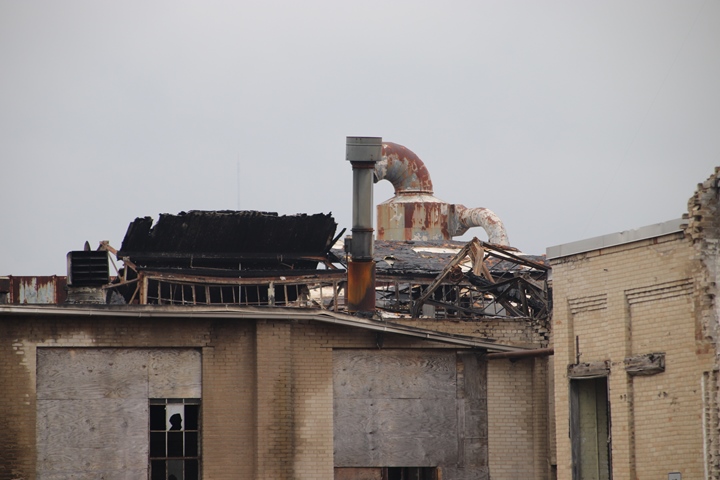
The fire damage appeared to be restricted to
the southeast corner of the building. At least that is what I
could observe from my location outside of the fence. Author's photo
added 5-4-2023.
Post-World War Two Military Products:
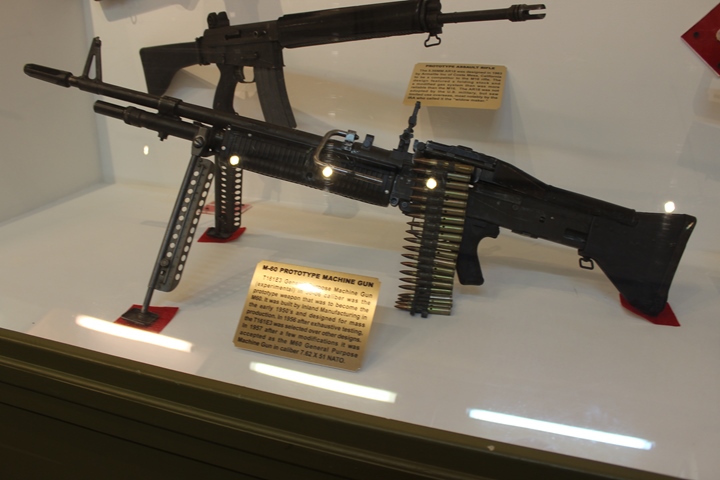
In 1953 Inland was instrumental in the
development of what was later designated the M60 machine gun. This
is the final T161E3 version developed by Inland and was chambered for
7.62mm ammunition. The original T161 was chambered for 30.06
ammunition, as was the later T161E2. Inland produced twenty T1616E2s for
testing which were converted to the E3 modification in 1955.
Another 100 were also manufactured for testing and evaluation. At
this point, another company took over the final development of Inland's
work. It is not known why this happened. Author's photo
added 12-10-2020 from the South Carolina Military Museum.
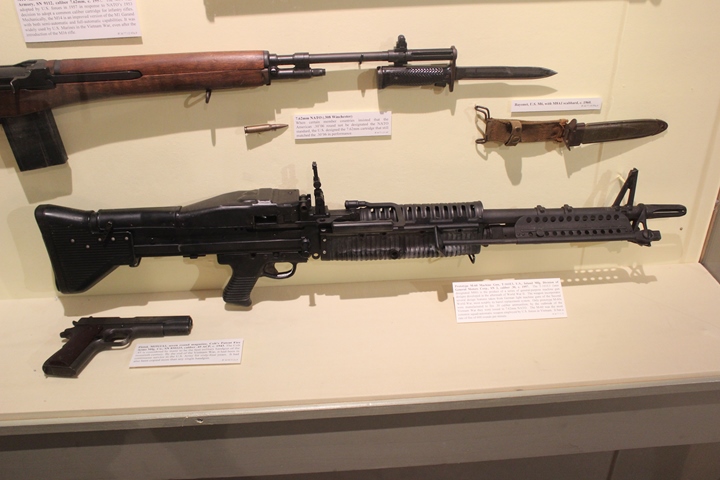
This is Inland T161E3 serial number 2 and is
on display at the Virginia War Museum. Author's photo added
12-10-2020.
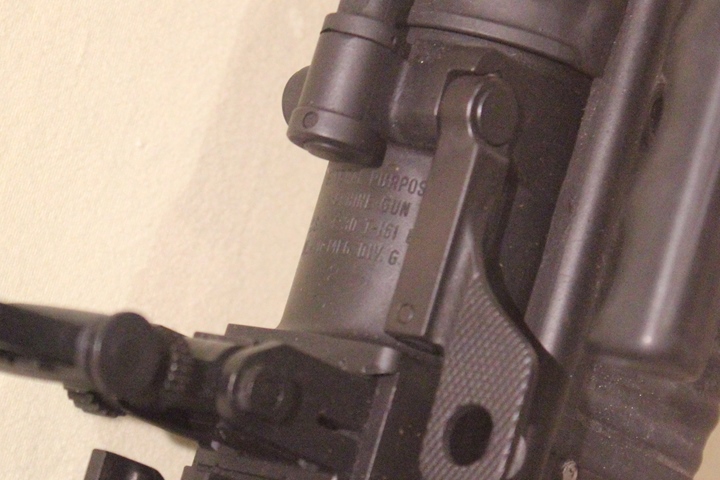
Author's photo added 12-10-2020.
"The Inland Way at War Today"
Added 1-7-2015.

Cover.

Page 1.
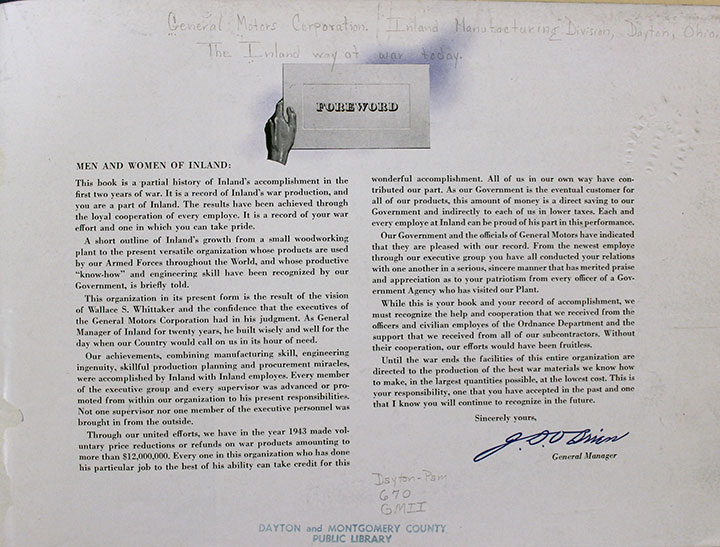
Page 2.

Page 3.
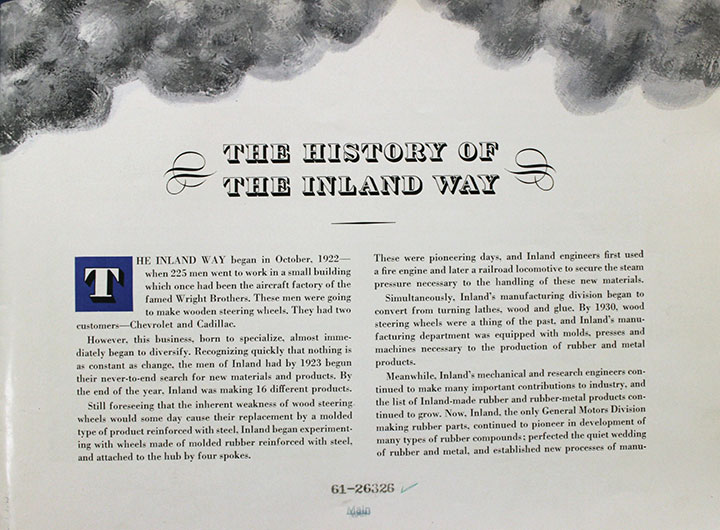
Page 4.
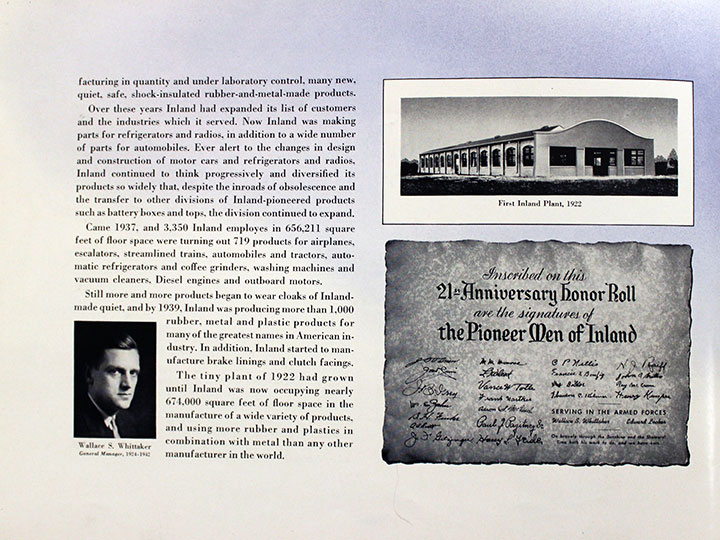
Page 5.
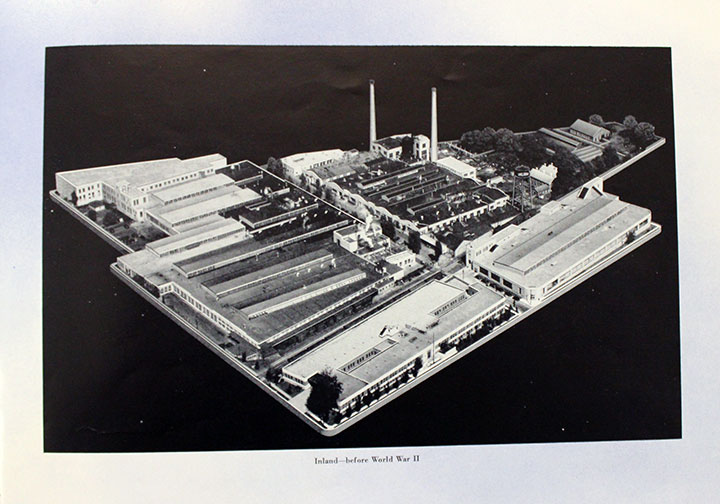
Page 6.
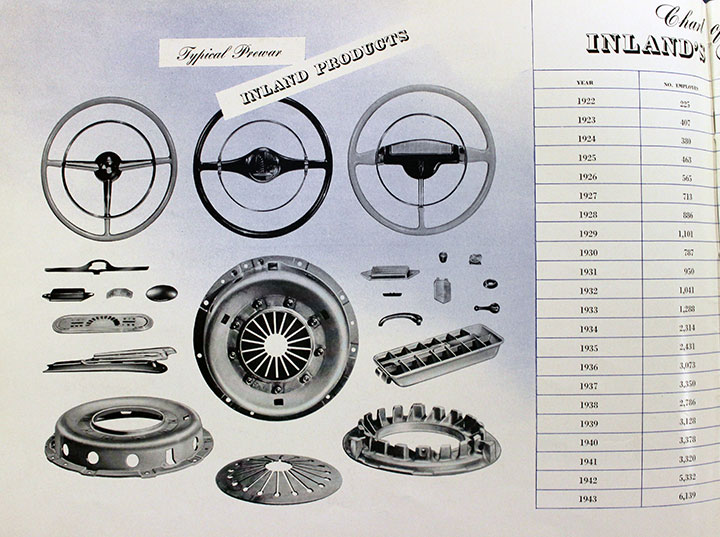
Page 7.
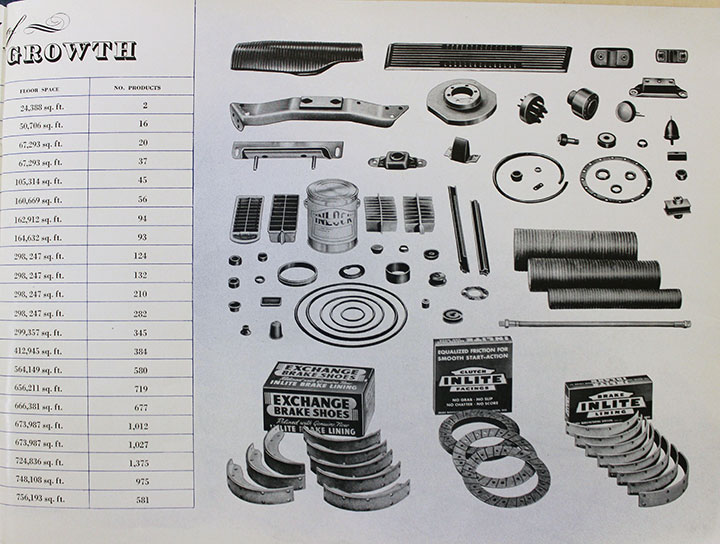
Page 8.
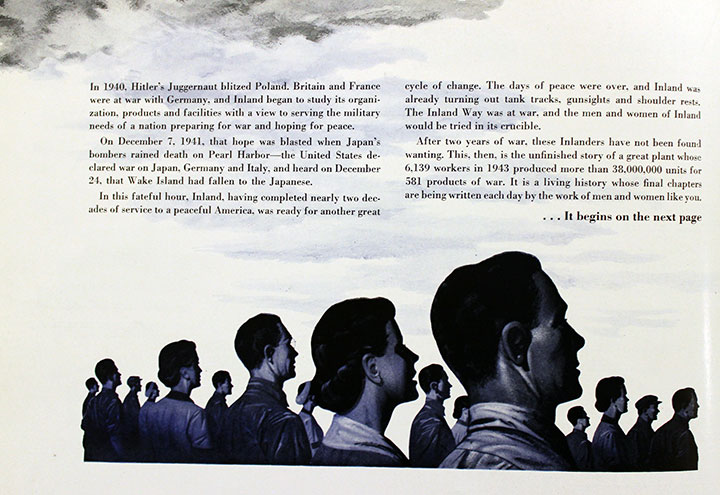
Page 9.
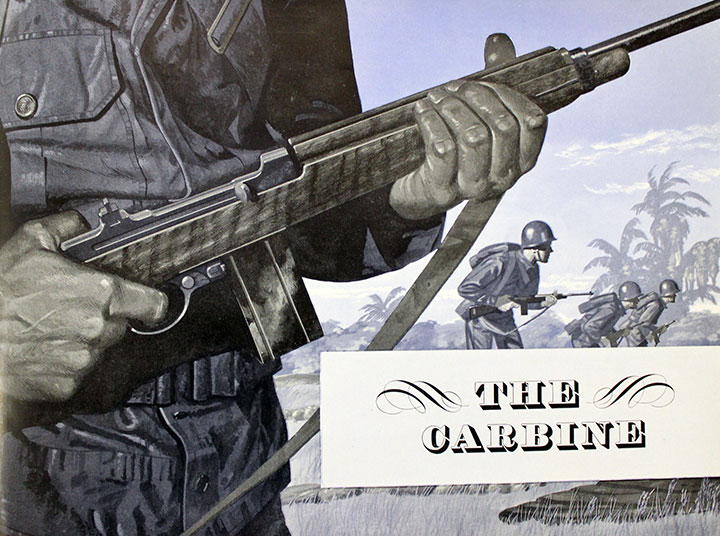
Page 10.
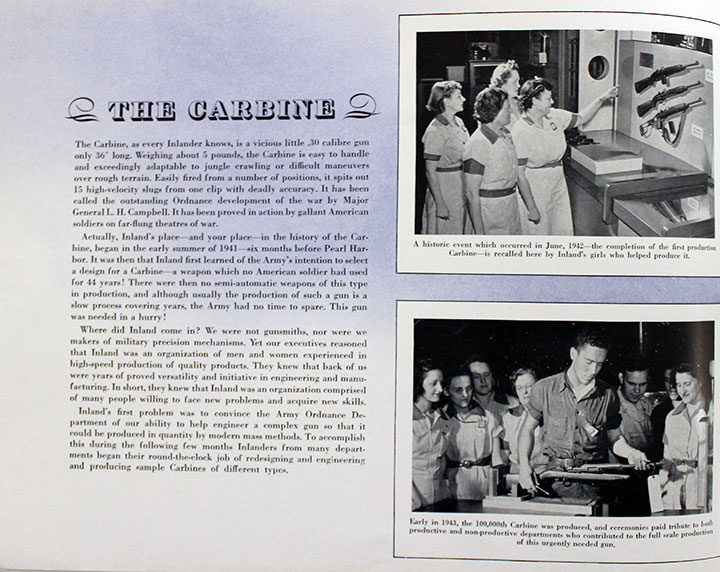
Page 11.
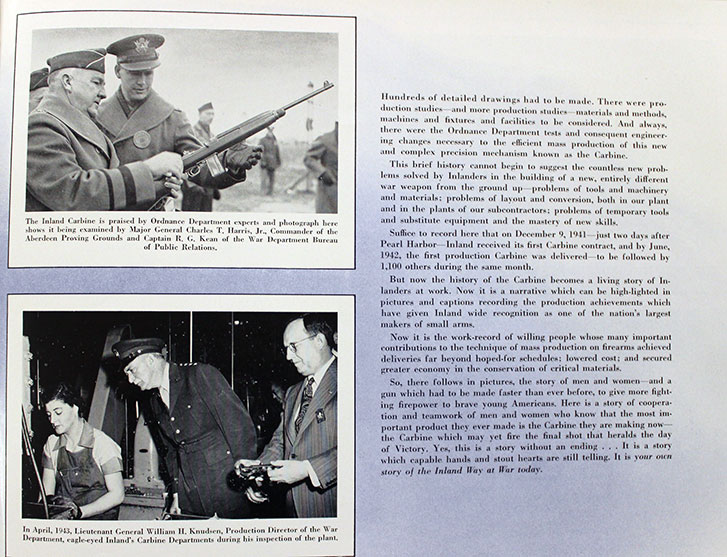
Page 12.
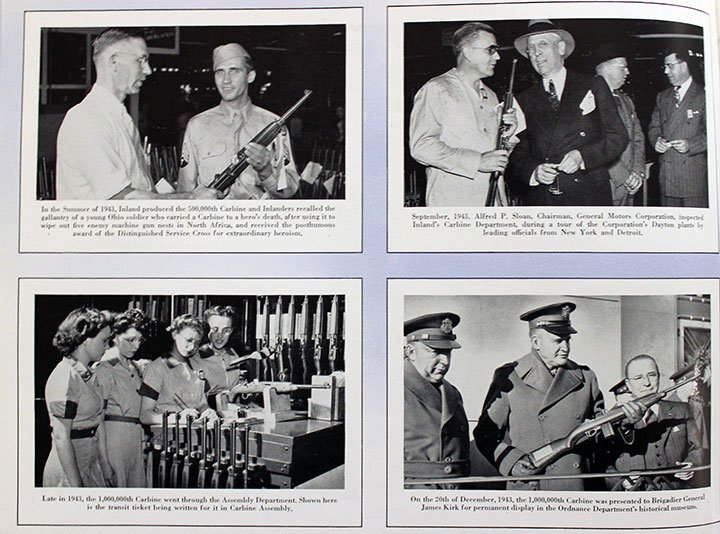
Page 13.
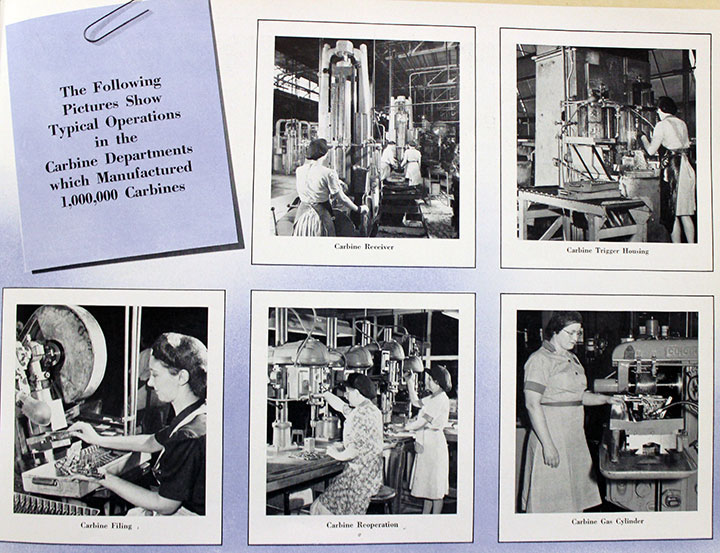
Page 14.
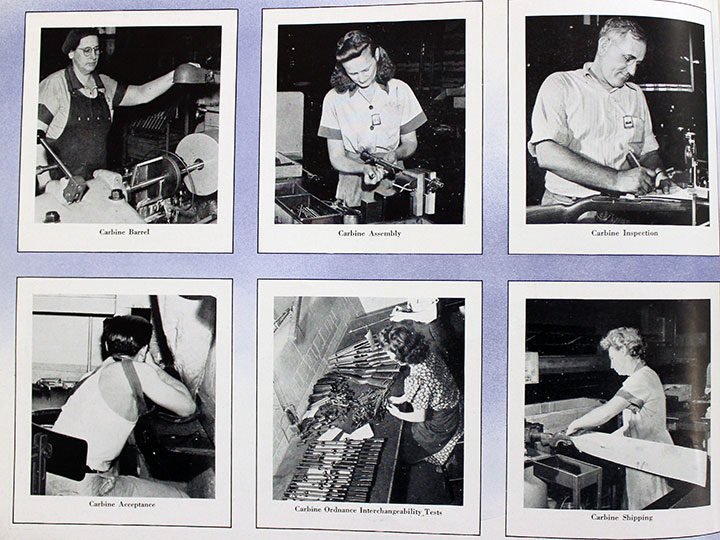
Page 15.
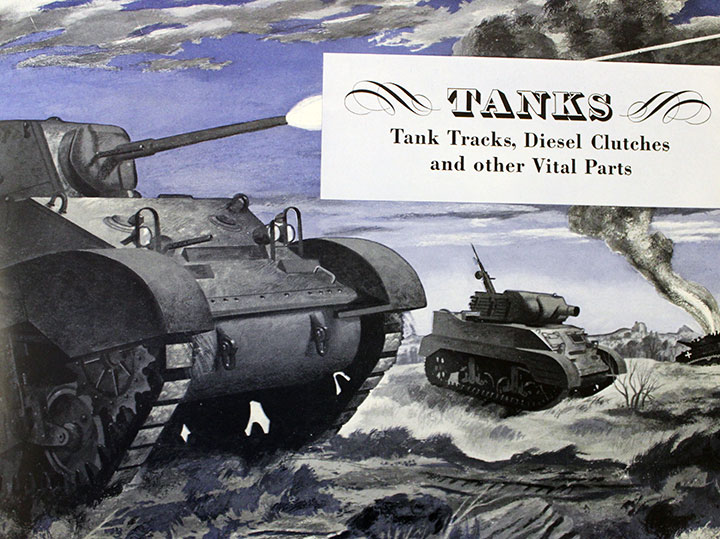
Page 16.
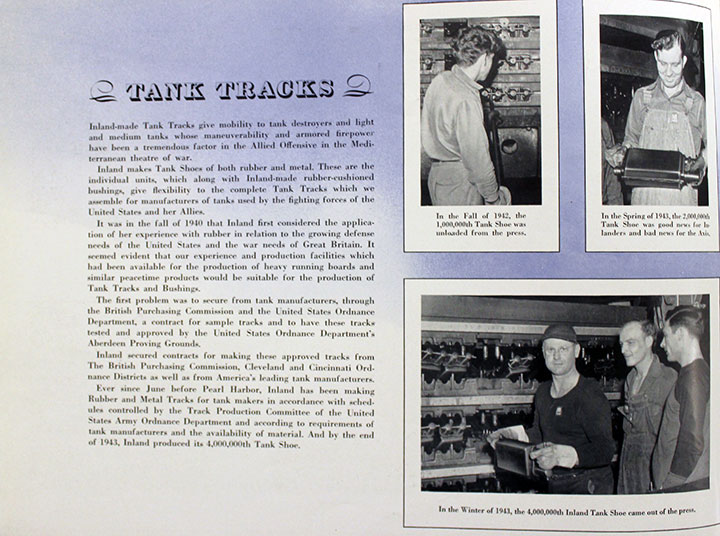
Page 17.
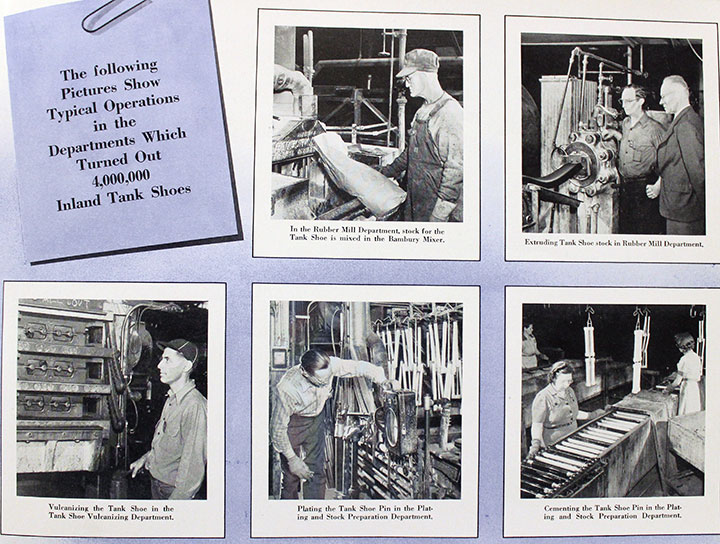
Page 18.
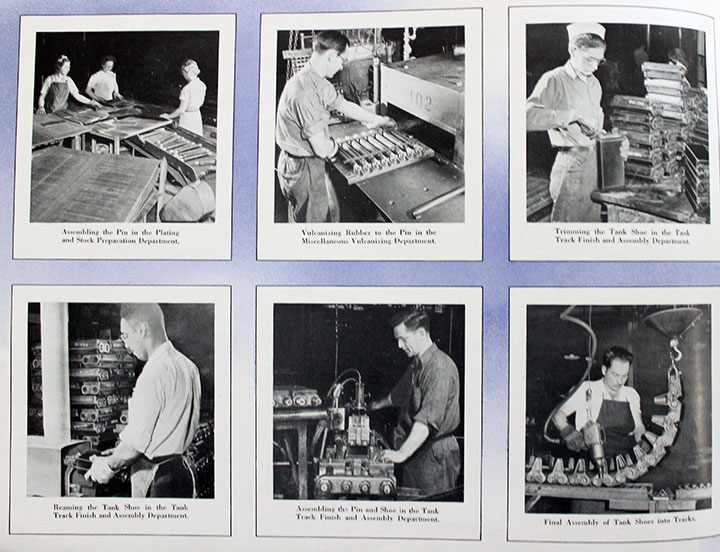
Page 19.
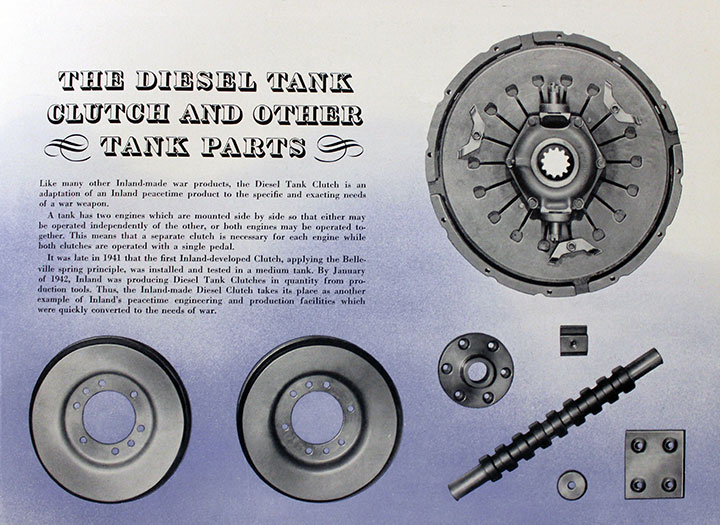
Page 20.
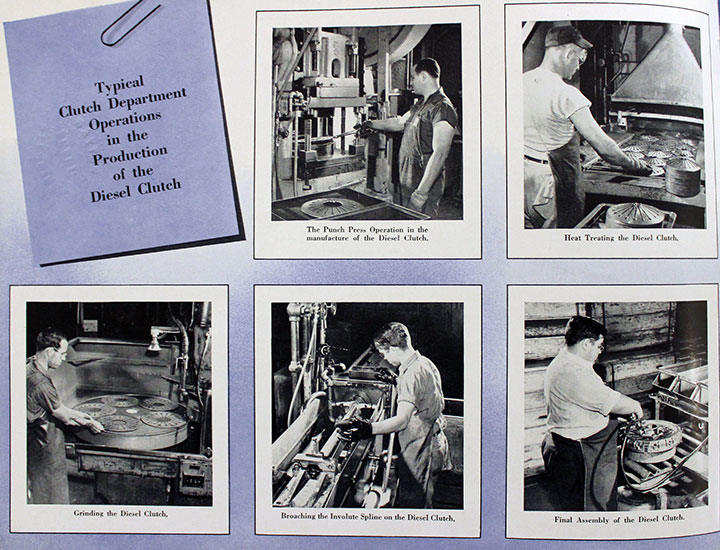
Page 21.
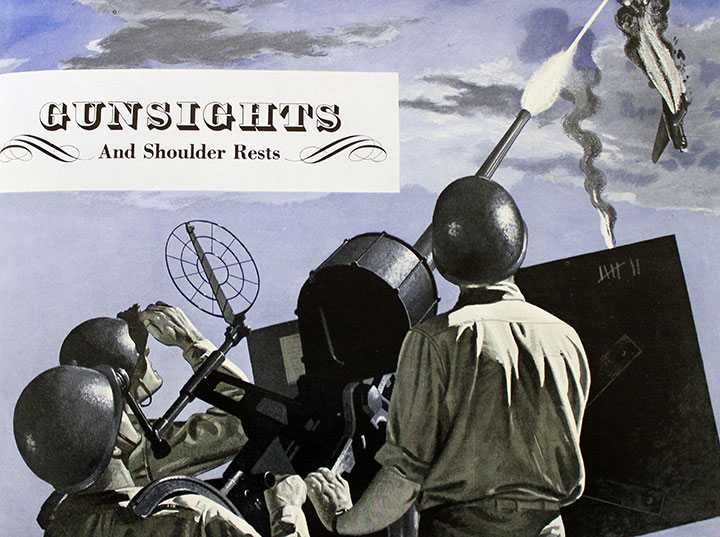
Page 22.
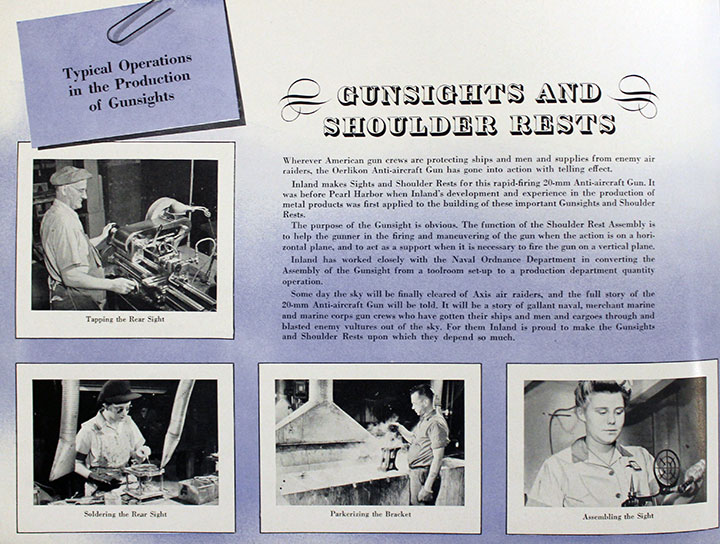
Page 23.
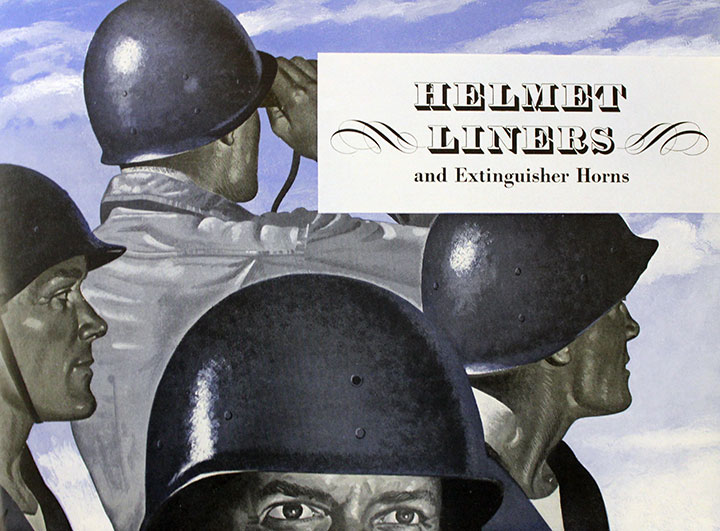
Page 24.
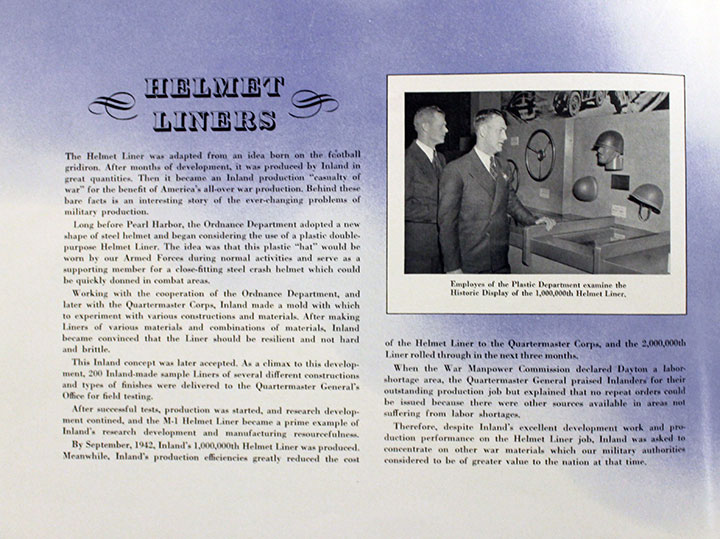
Page 25.
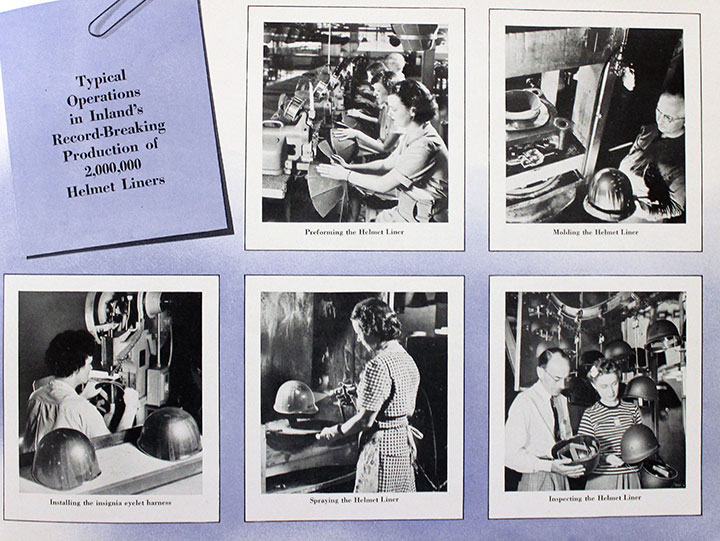
Page 26.
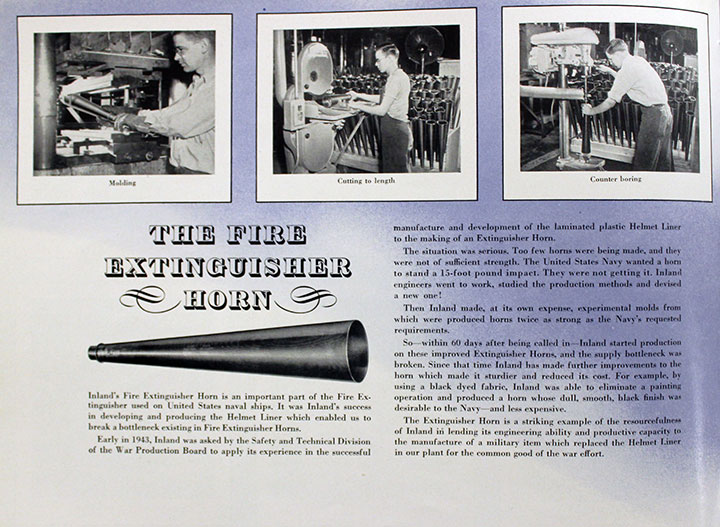
Page 27.
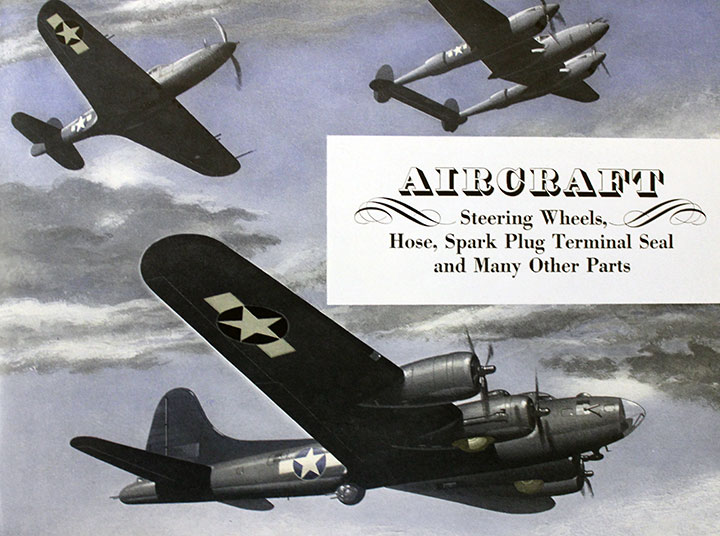
Aircraft do not have steering wheels; they
have control yokes. Page 28.
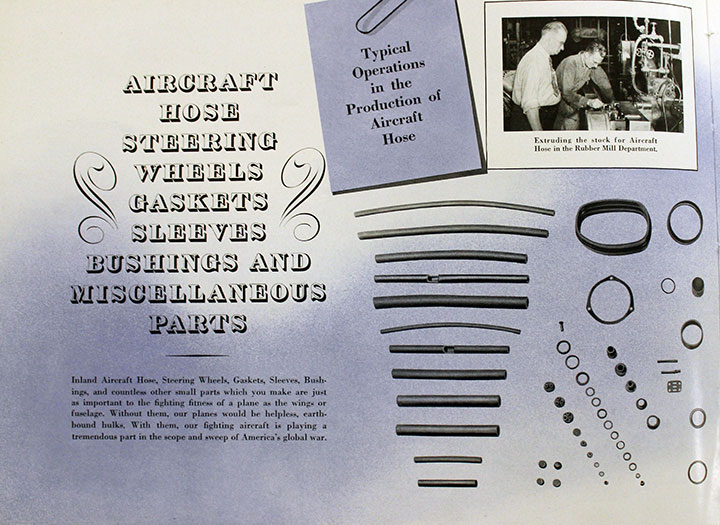
Page 29.
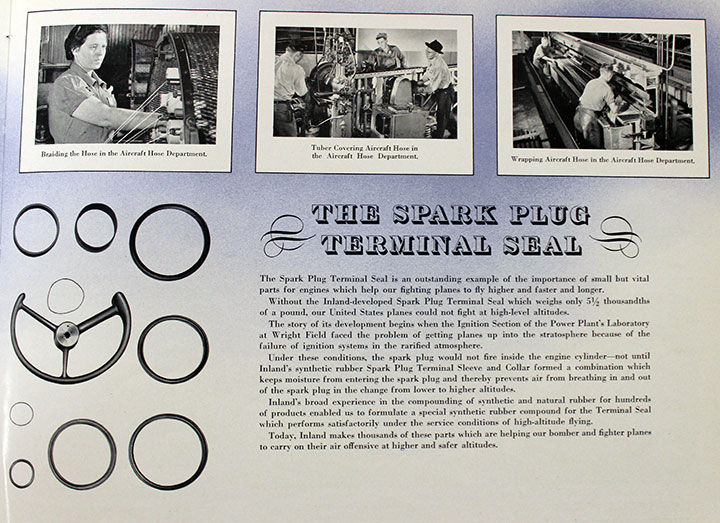
Page 30.
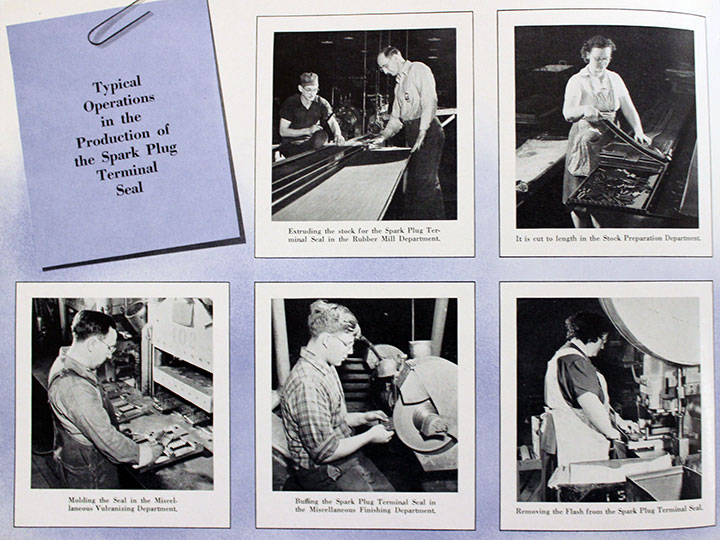
Page 31.
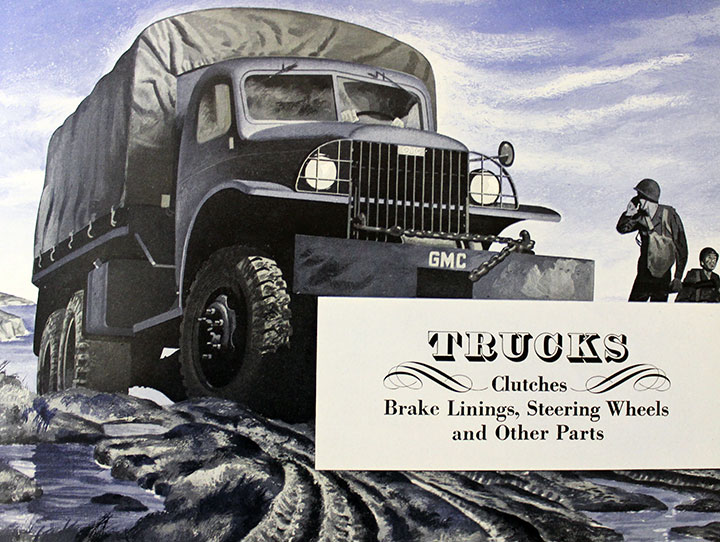
GMC 6x6 trucks had dual tires on the rear
axles during World War Two, not singles as show here. However, the artist
was 60 years ahead of his time because the 21st Century U.S. military
trucks
now have single tires on the rears. Page 32.
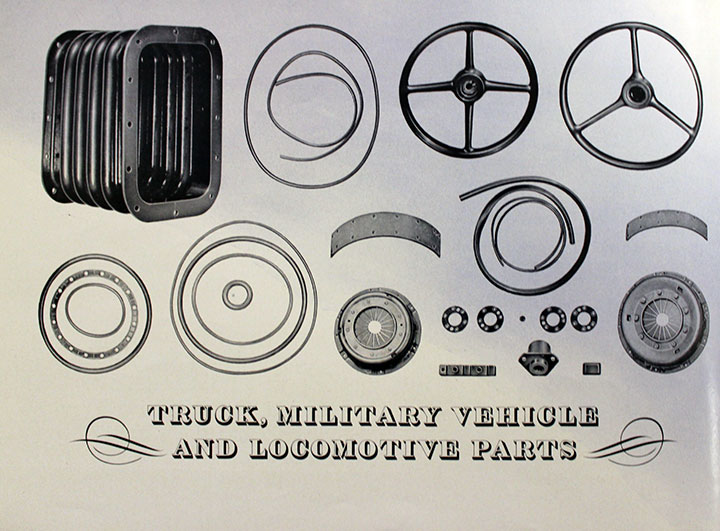
GMC steering wheels were three spoke and
Chevrolet four spoke. Page 33.
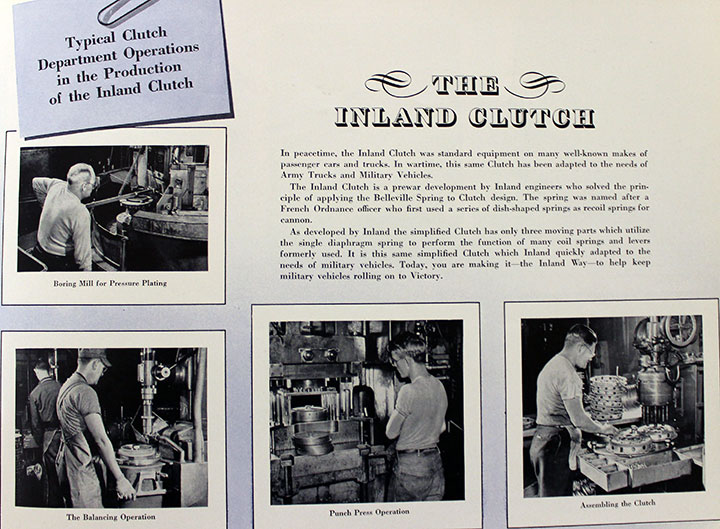
Page 34.
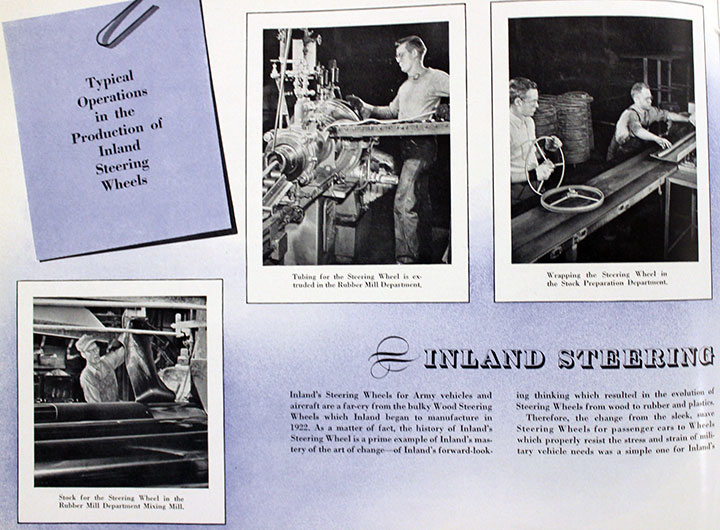
Page 35.
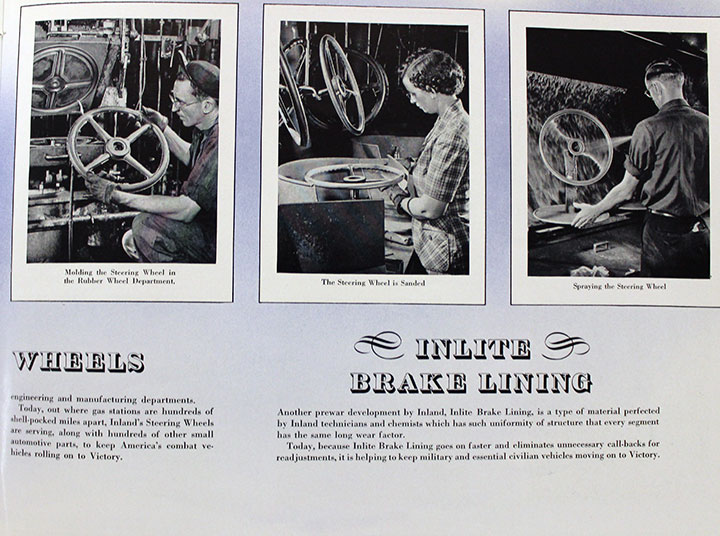
Page 36.
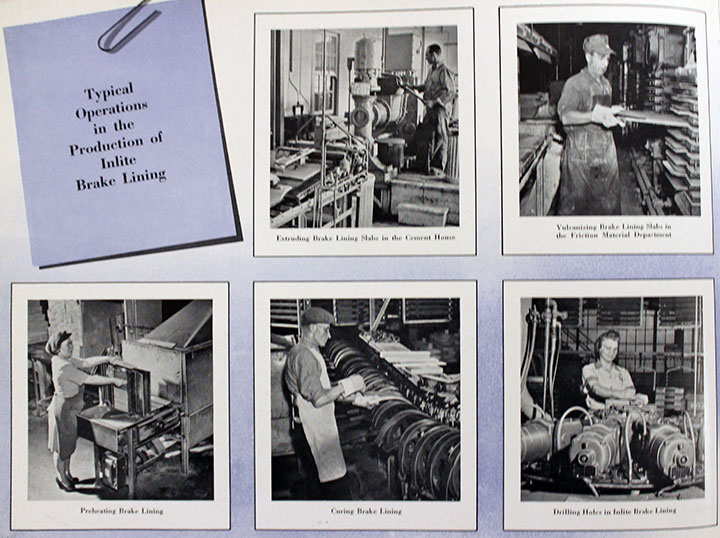
Page 37.
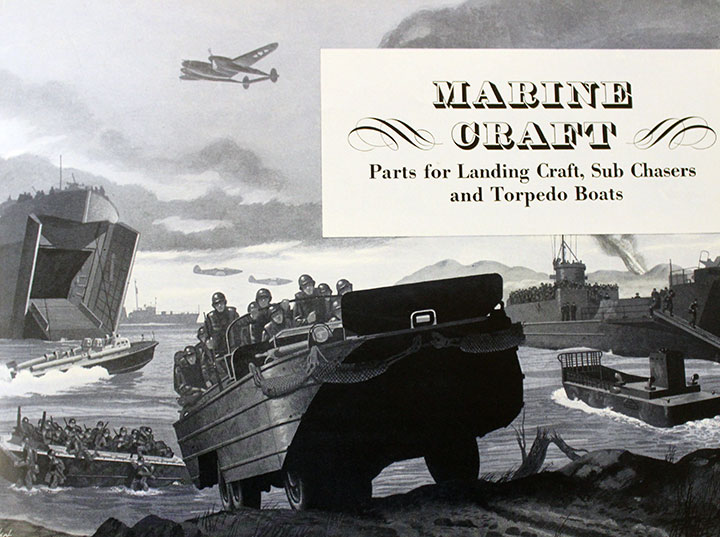
Page 38.
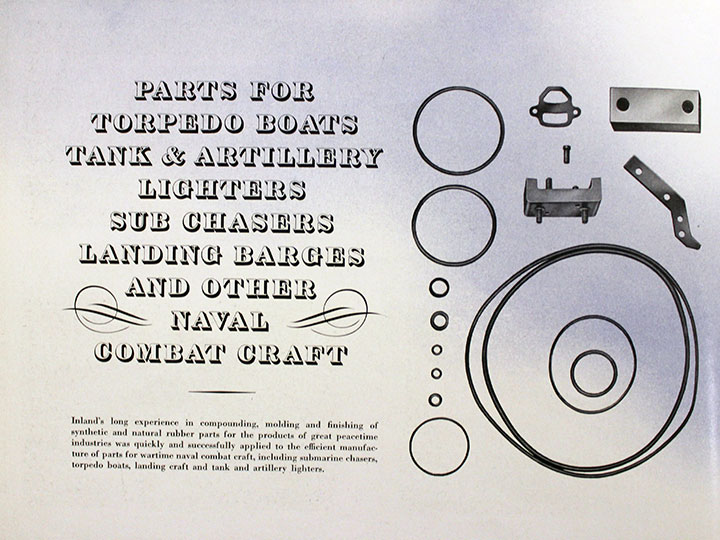
Page 39.
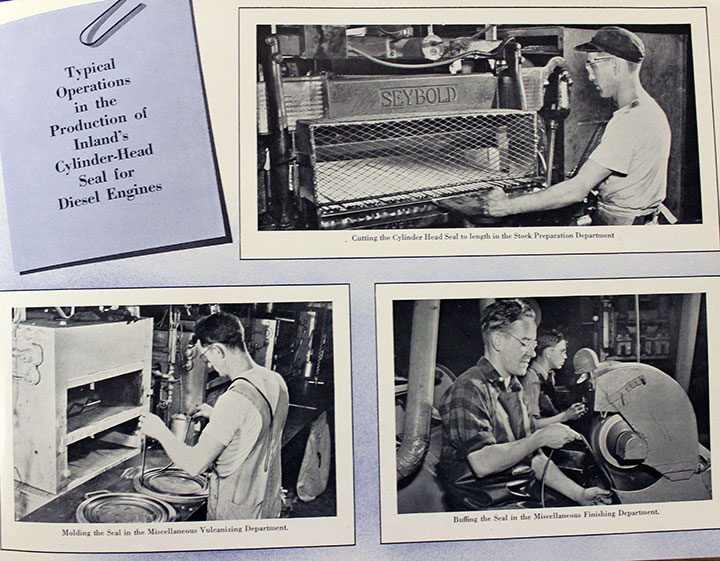
Page 40.
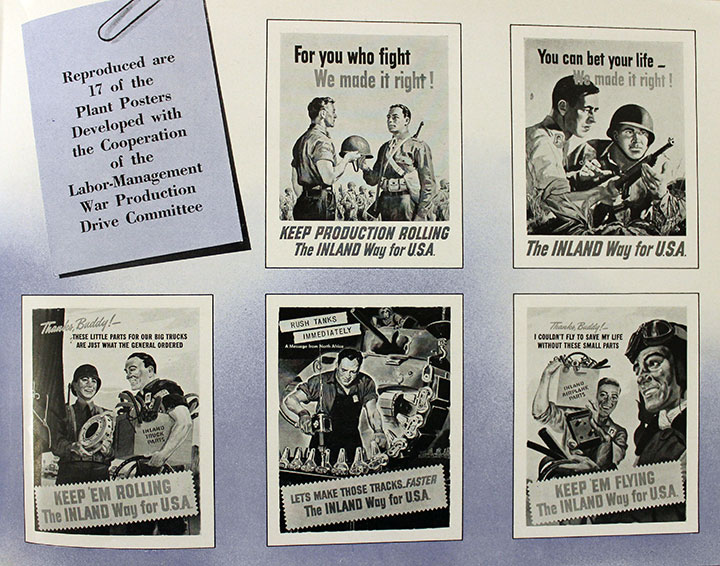
Page 41.
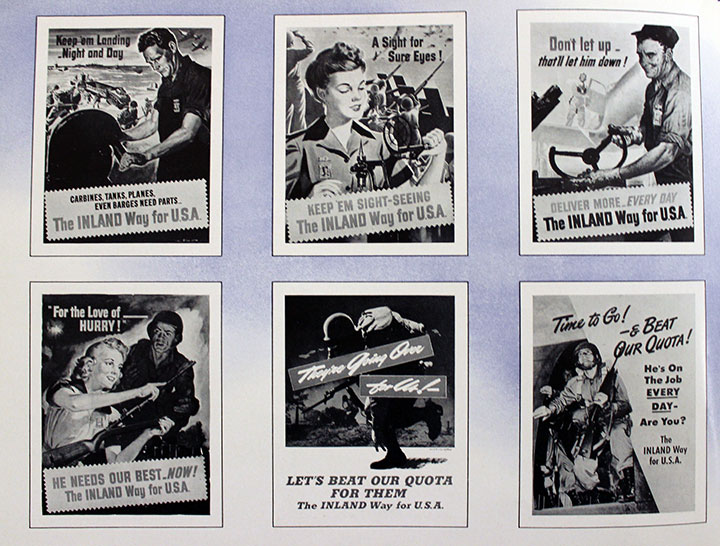
Page 42.
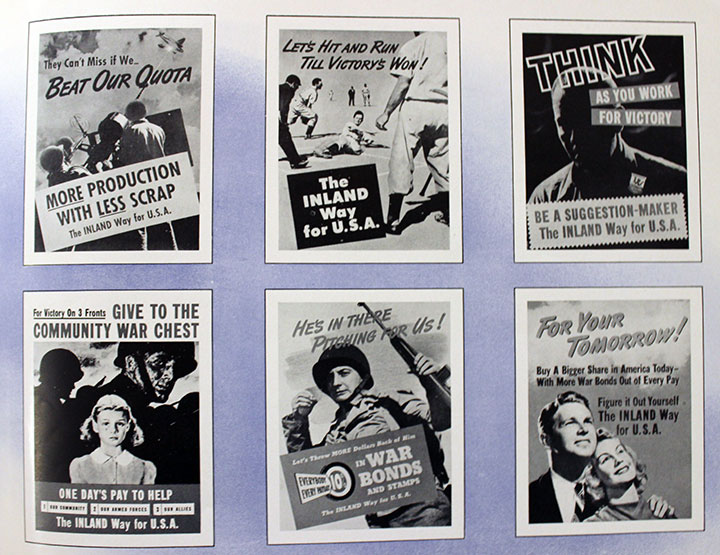
Page 43.
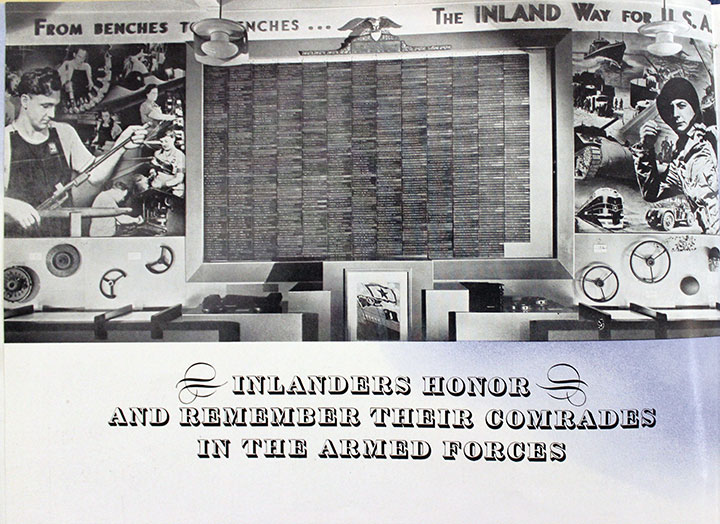
Page 44.
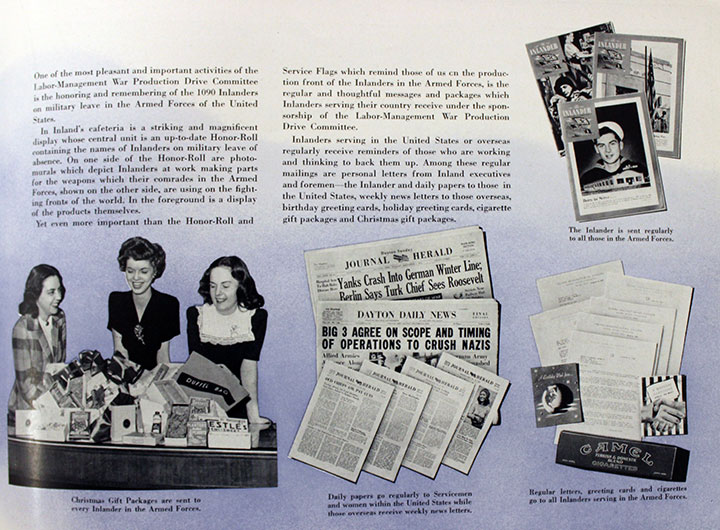
Page 45.
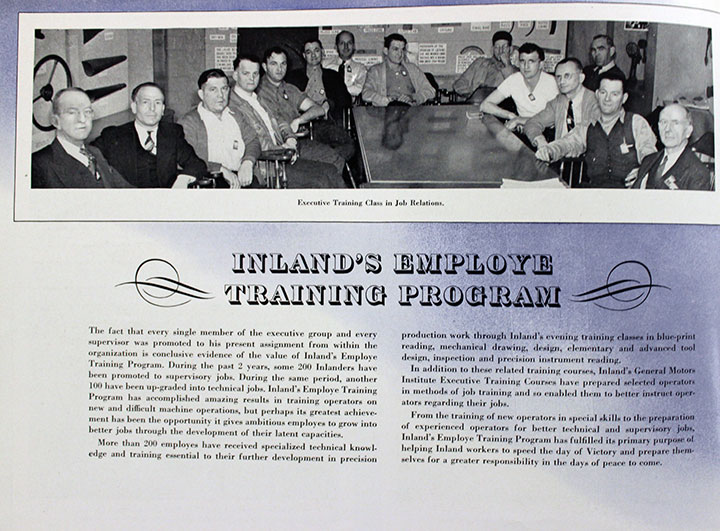
Page 46.
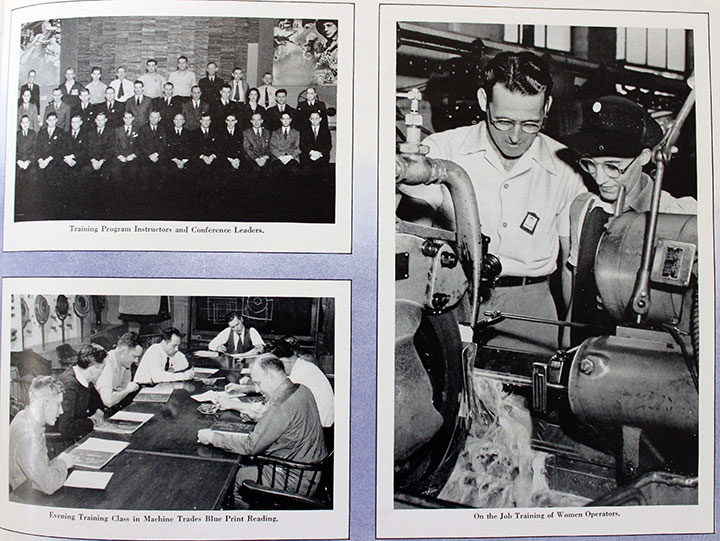
Page 47.
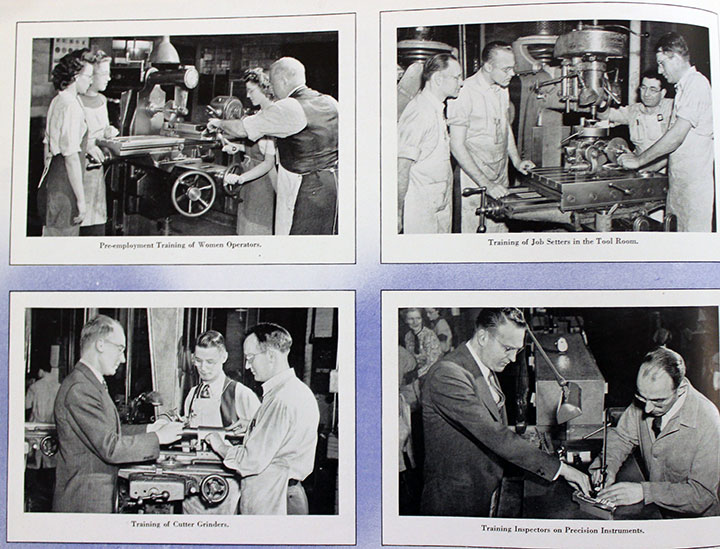
Page 48.
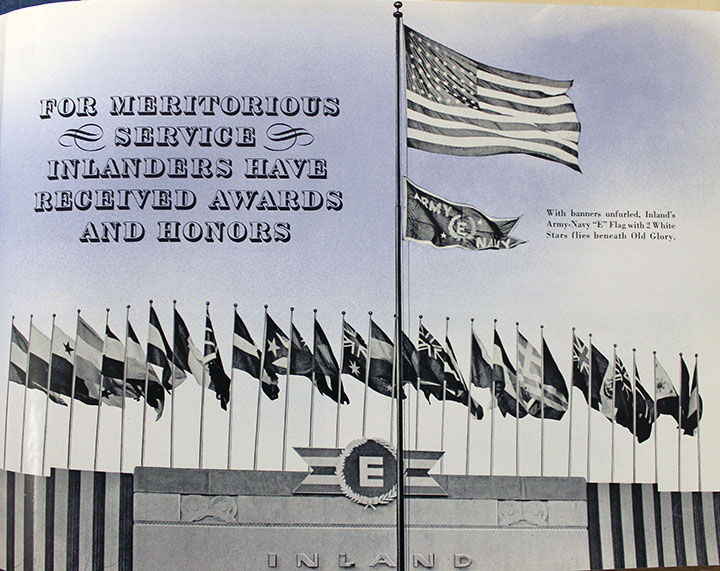
Page 49.
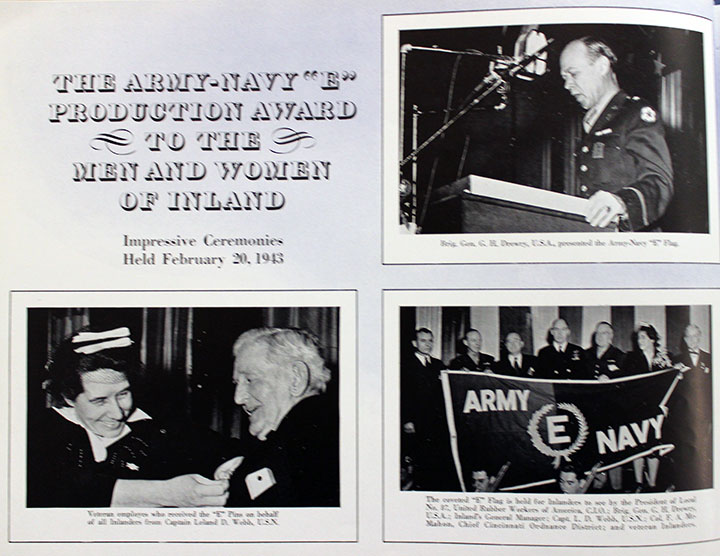
Page 50.
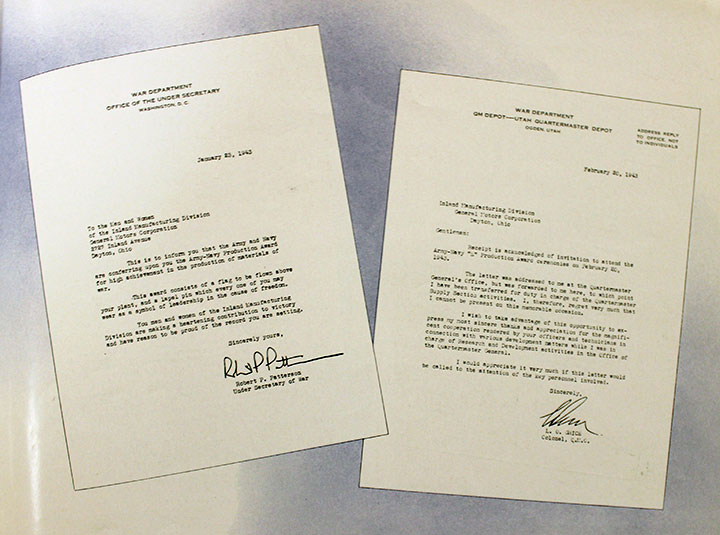
Page 51.

Page 52.
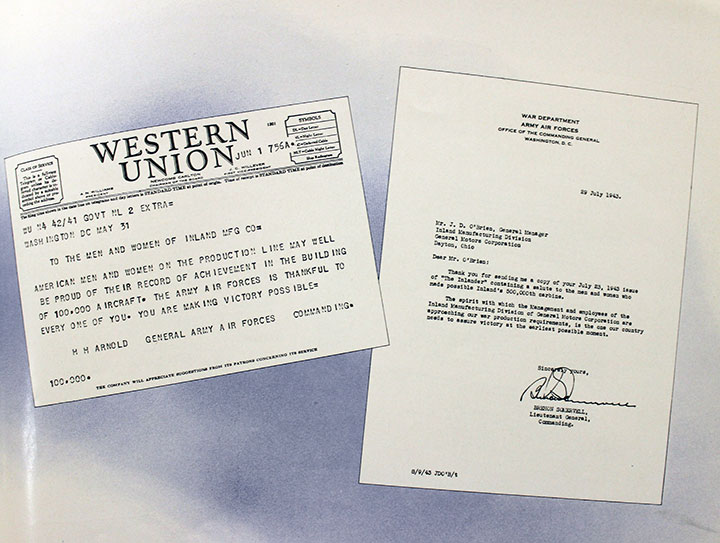
Page 53.
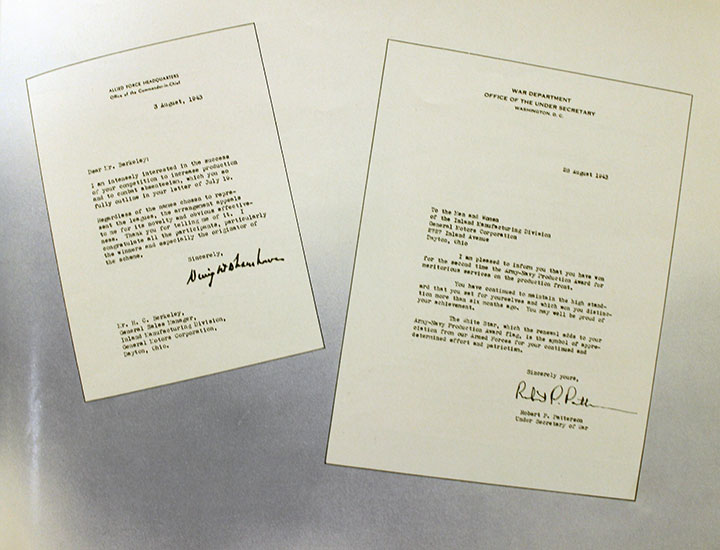
Page 54.
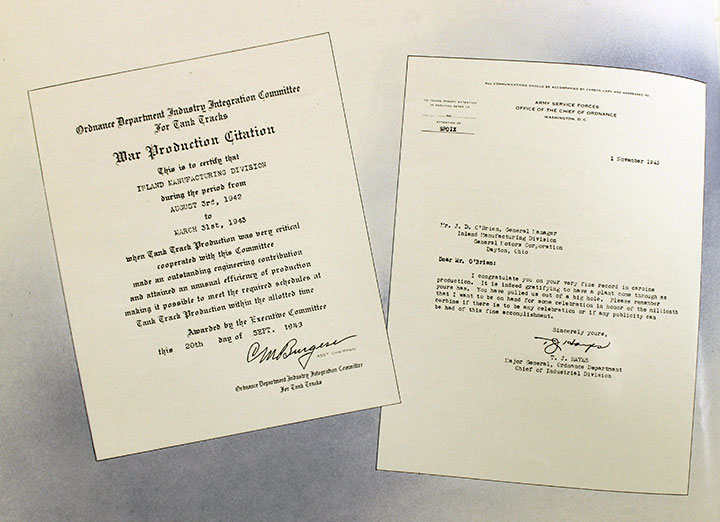
Page 55.
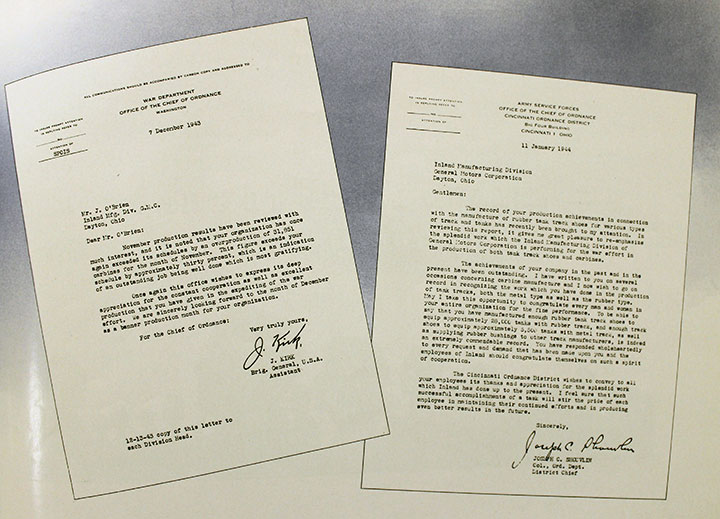
Page 56.
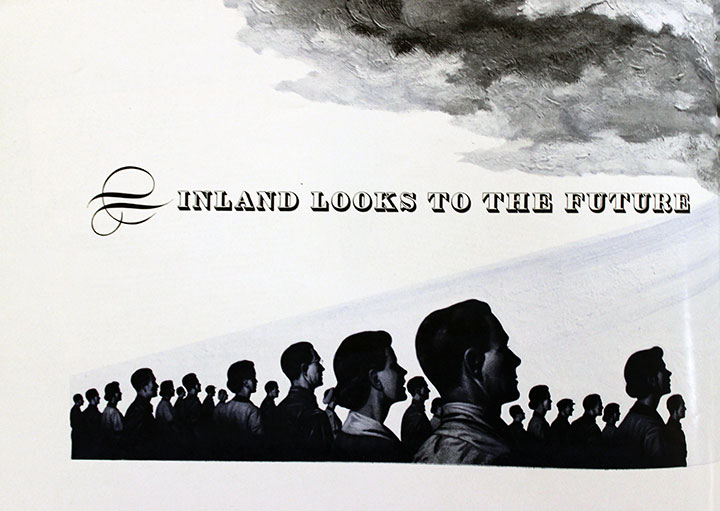
Page 57.
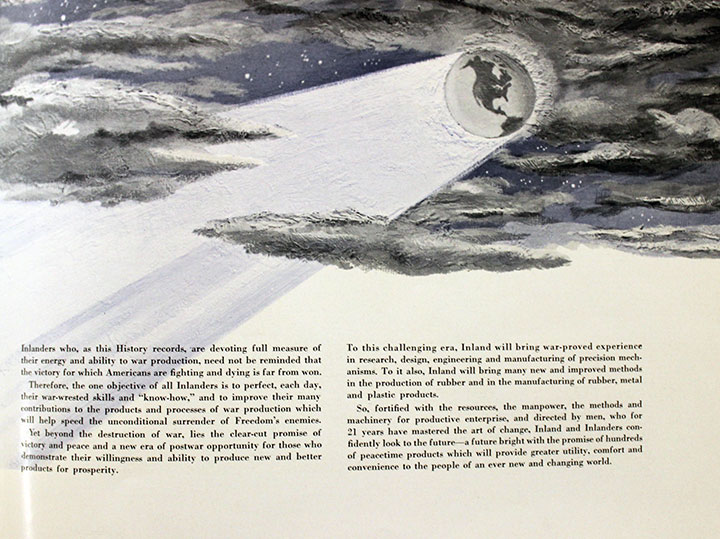
Page 58.
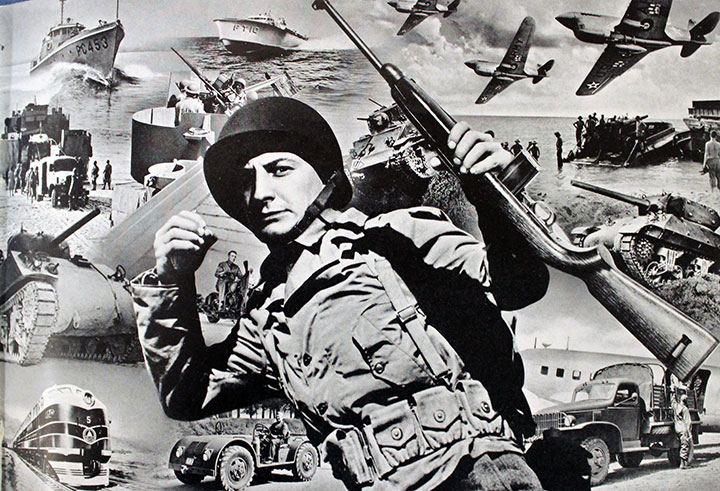
Page 59.
|











































































































